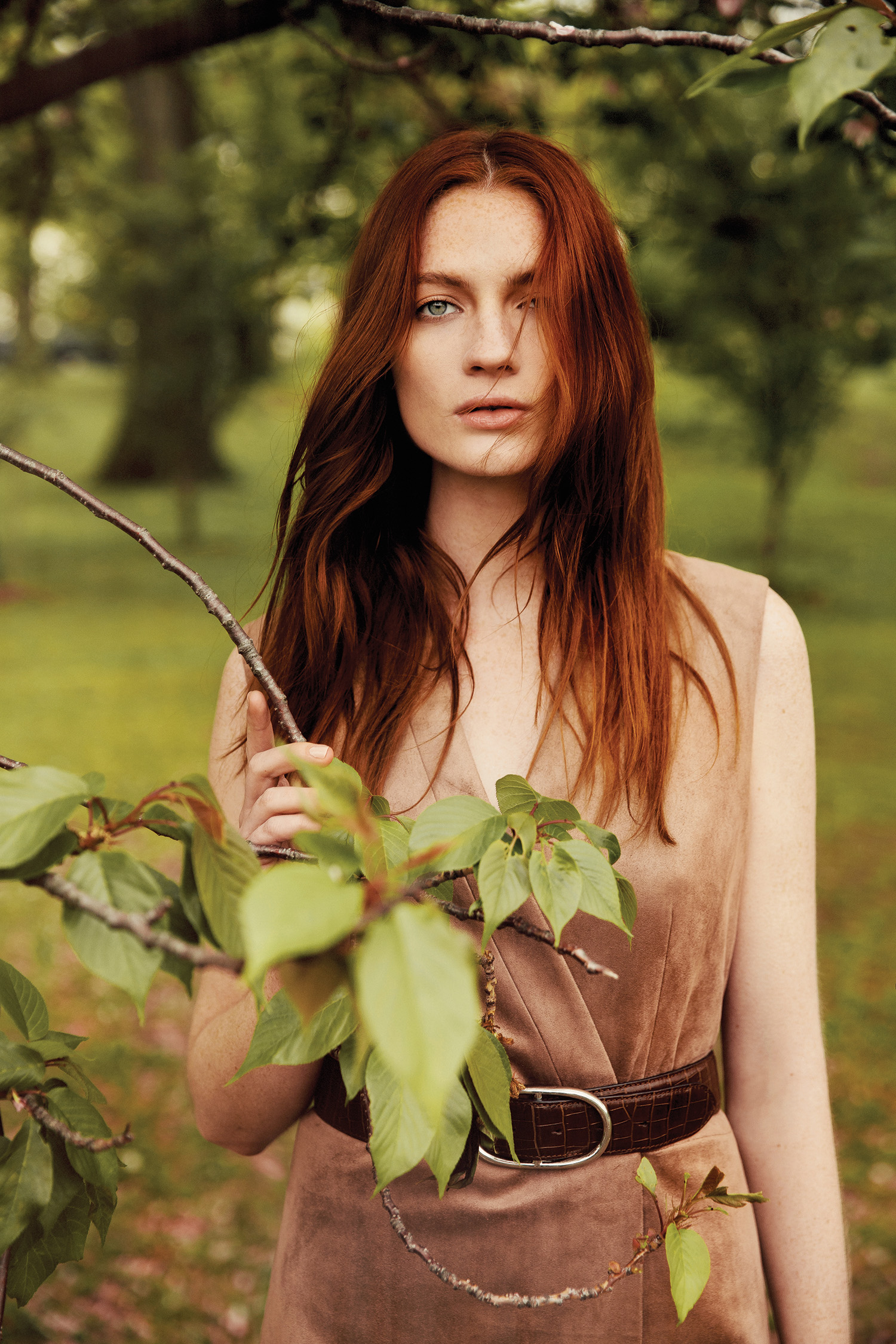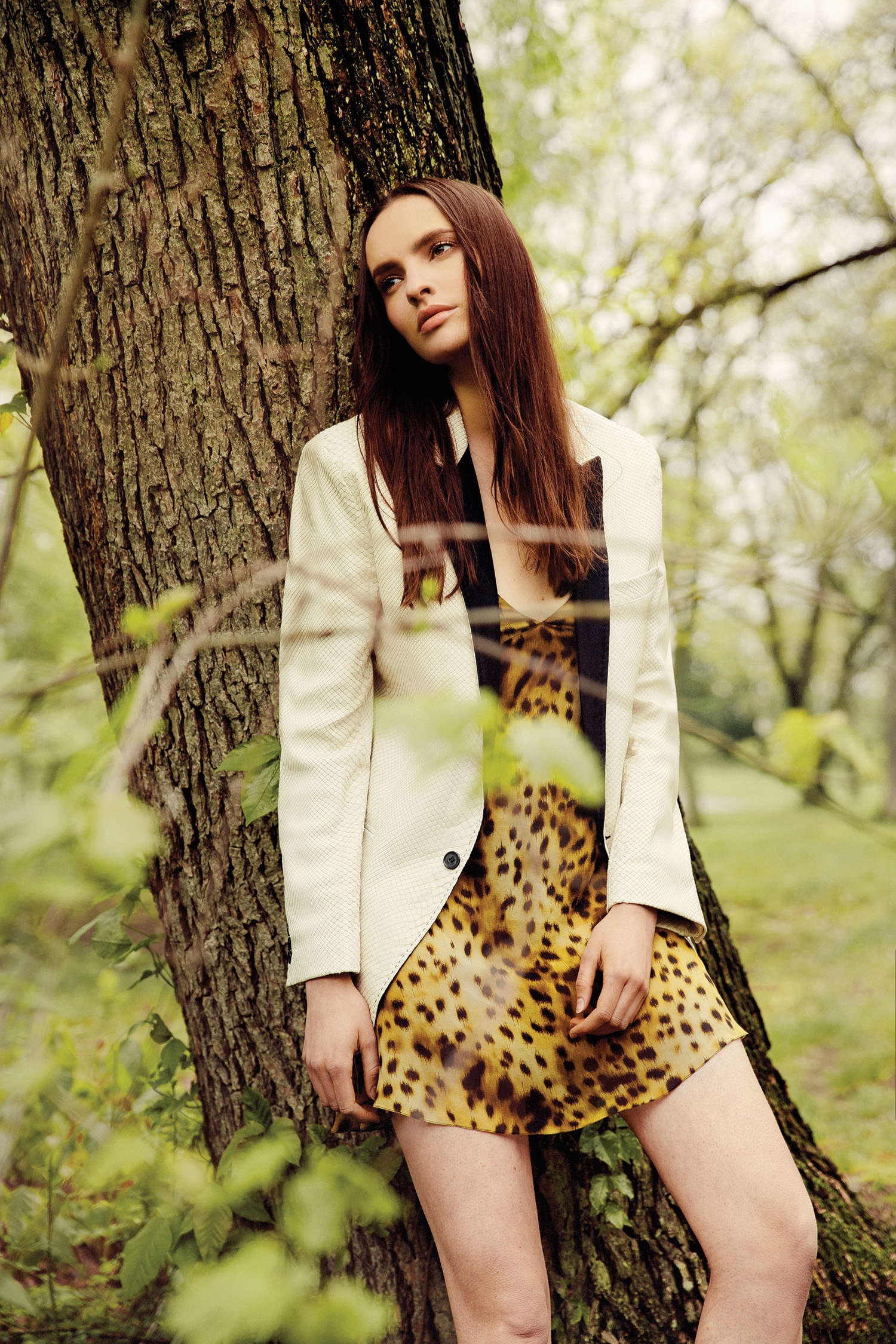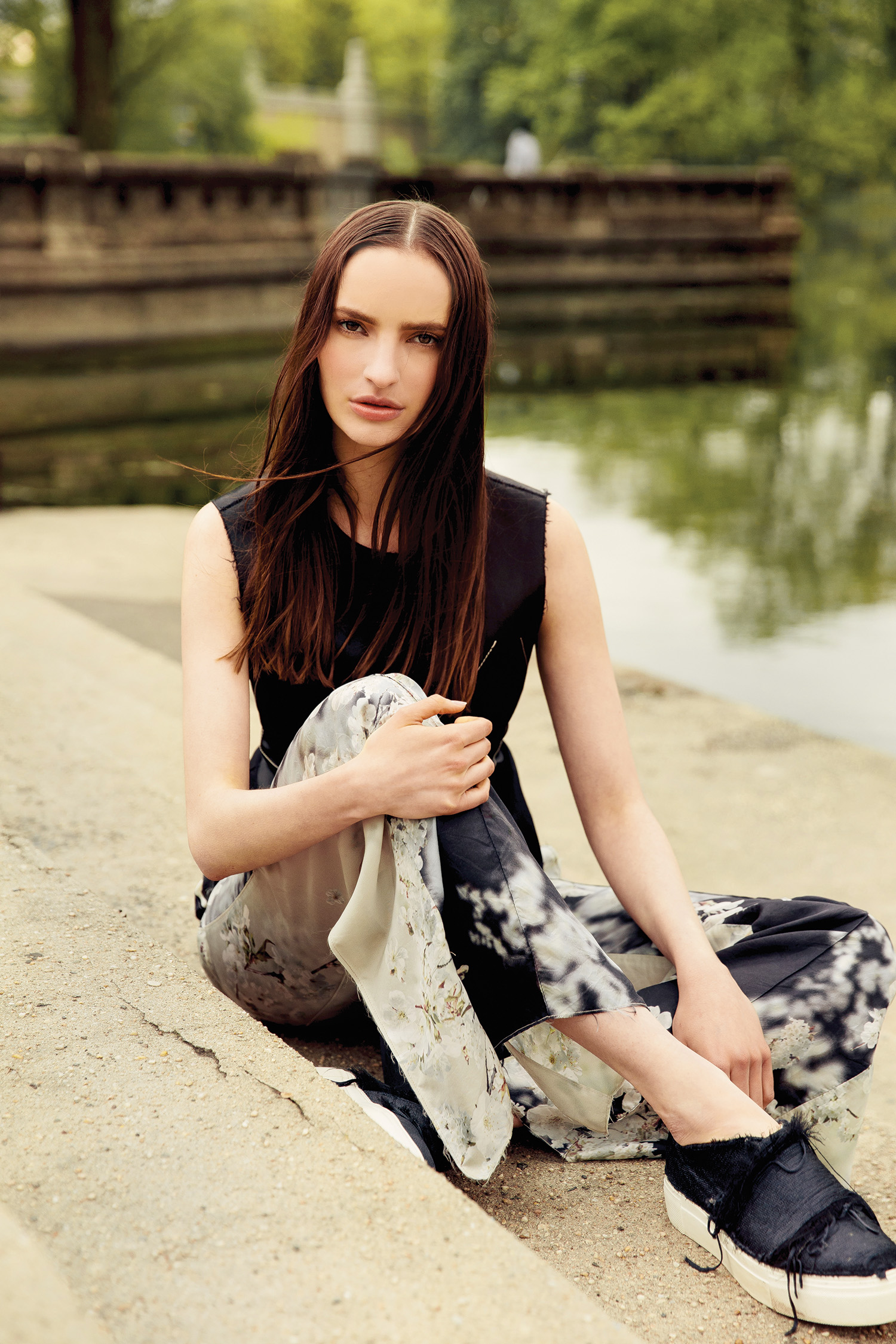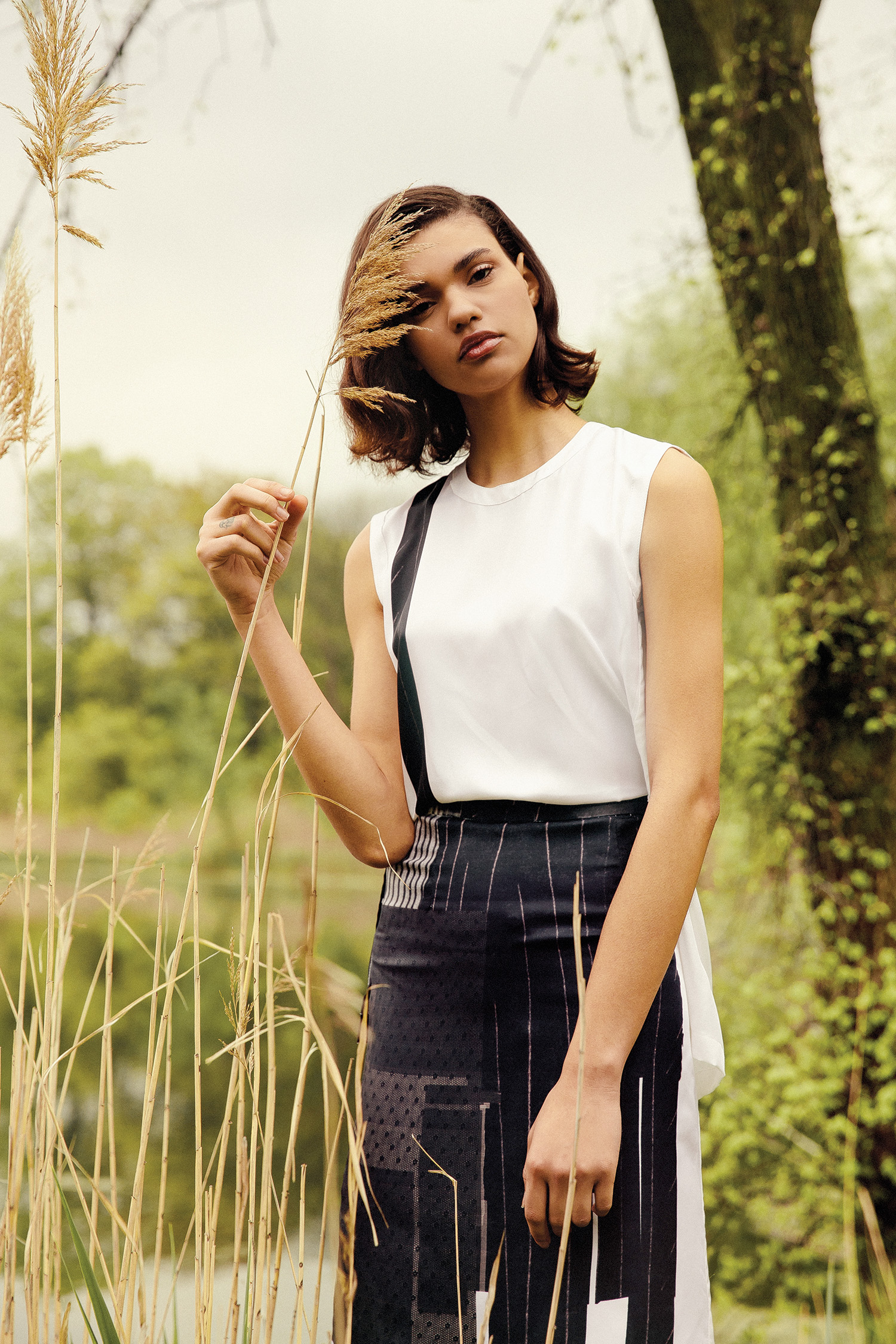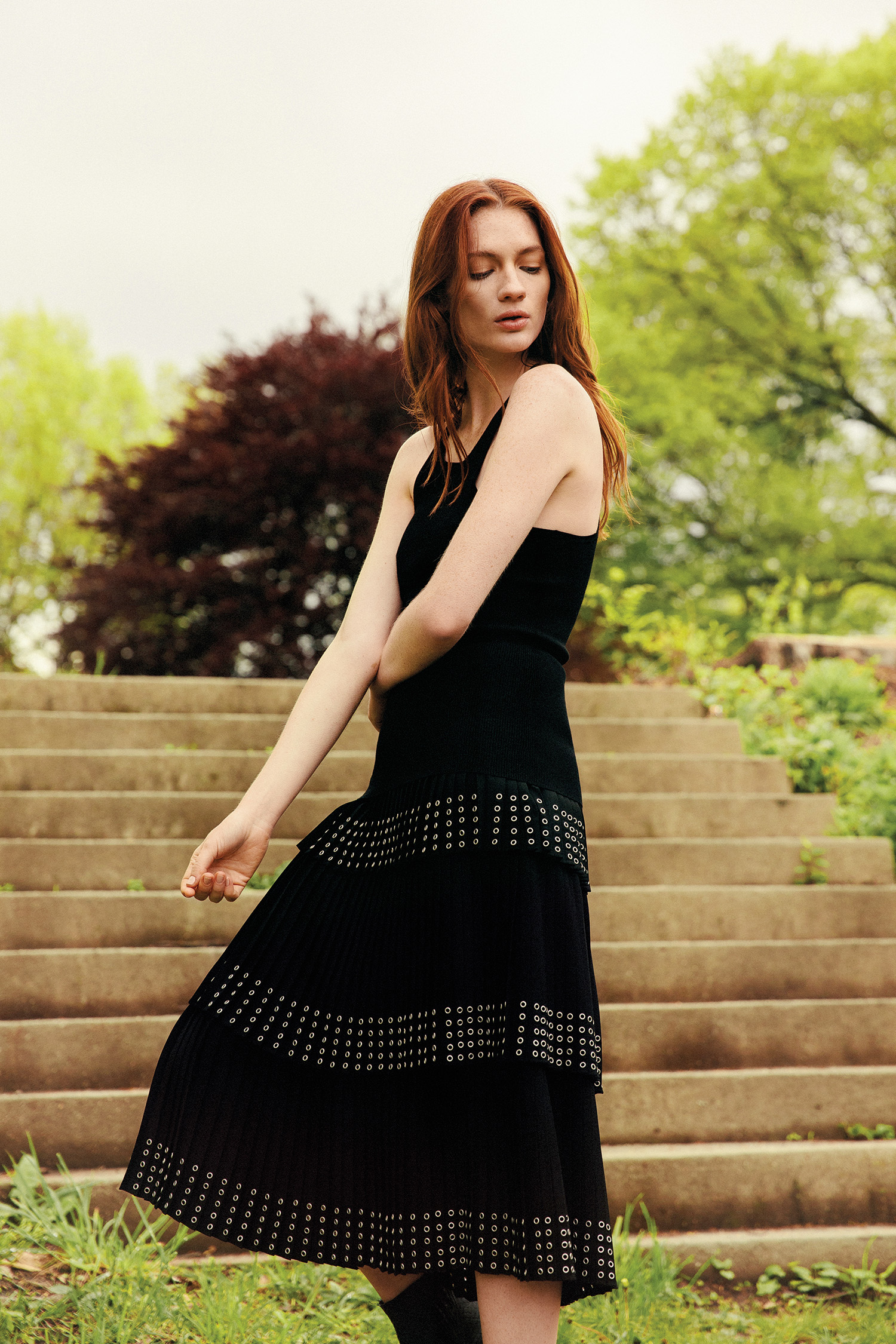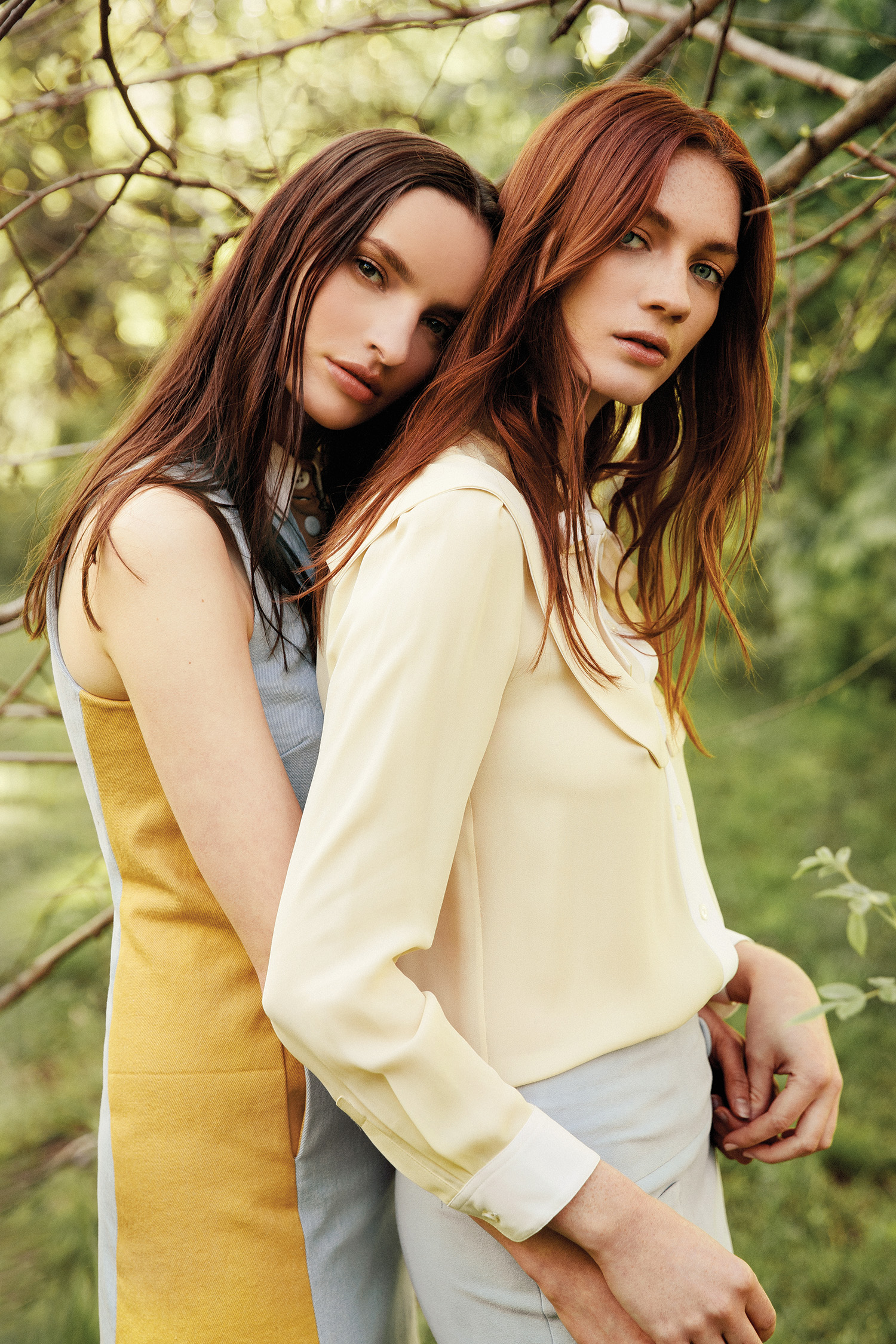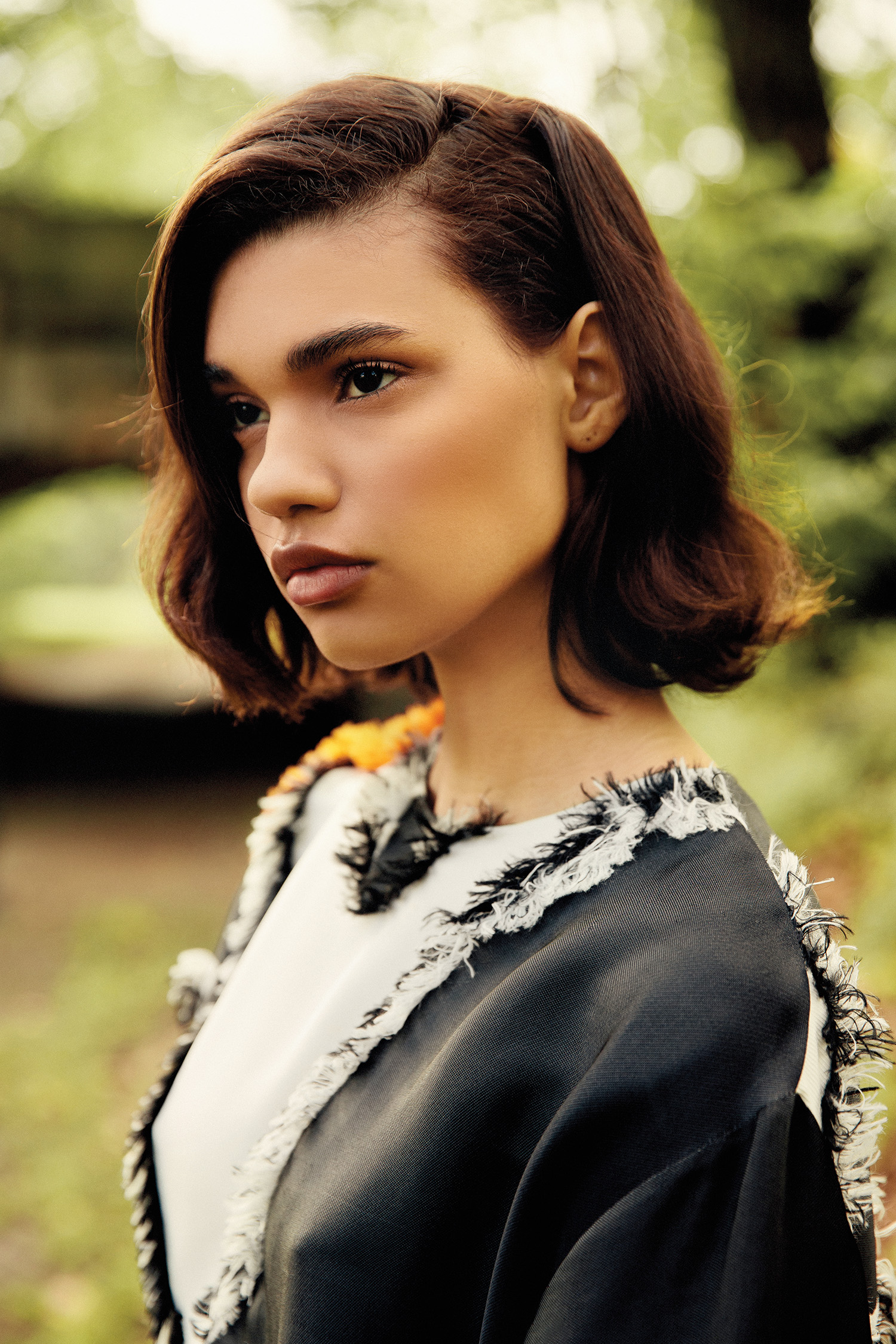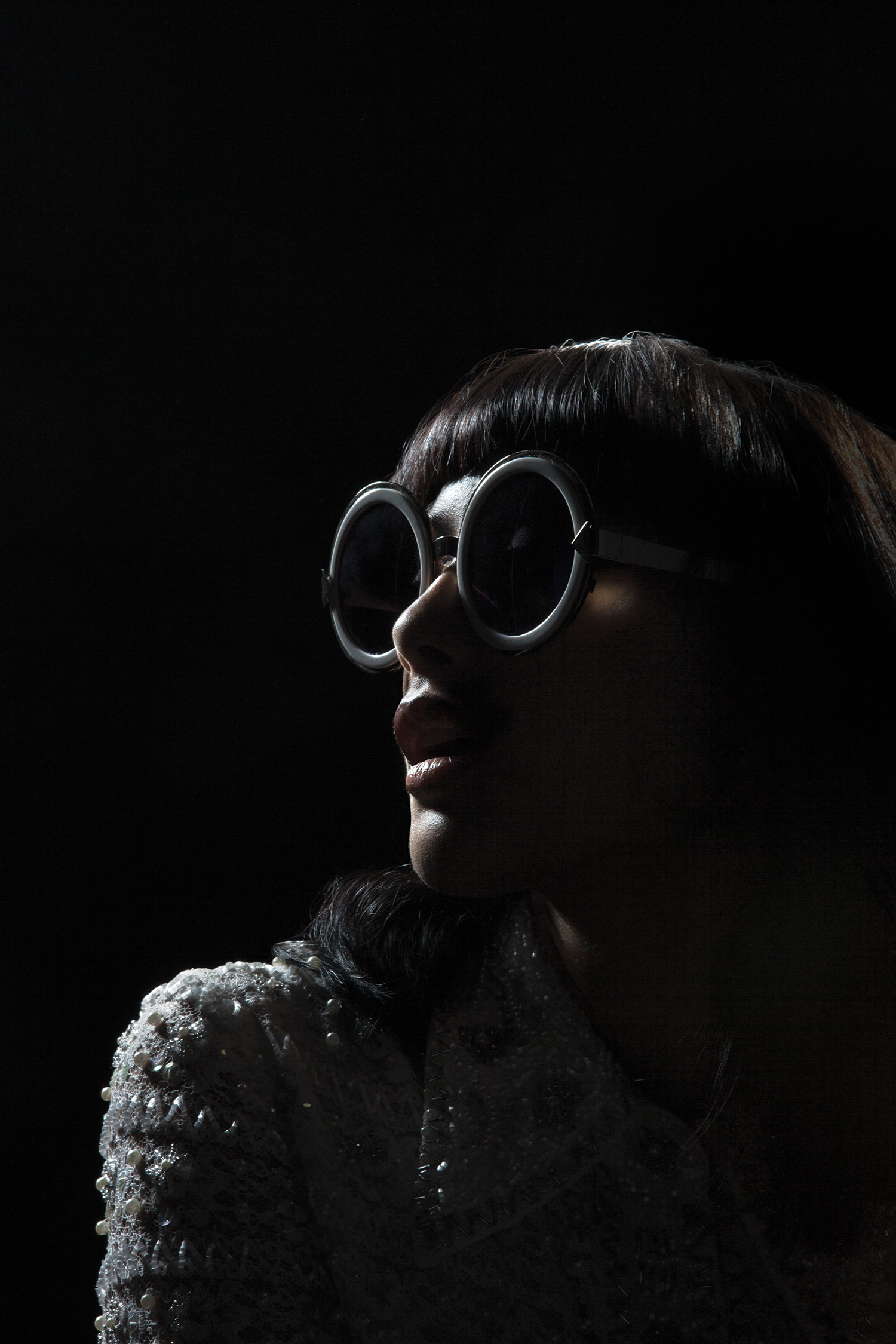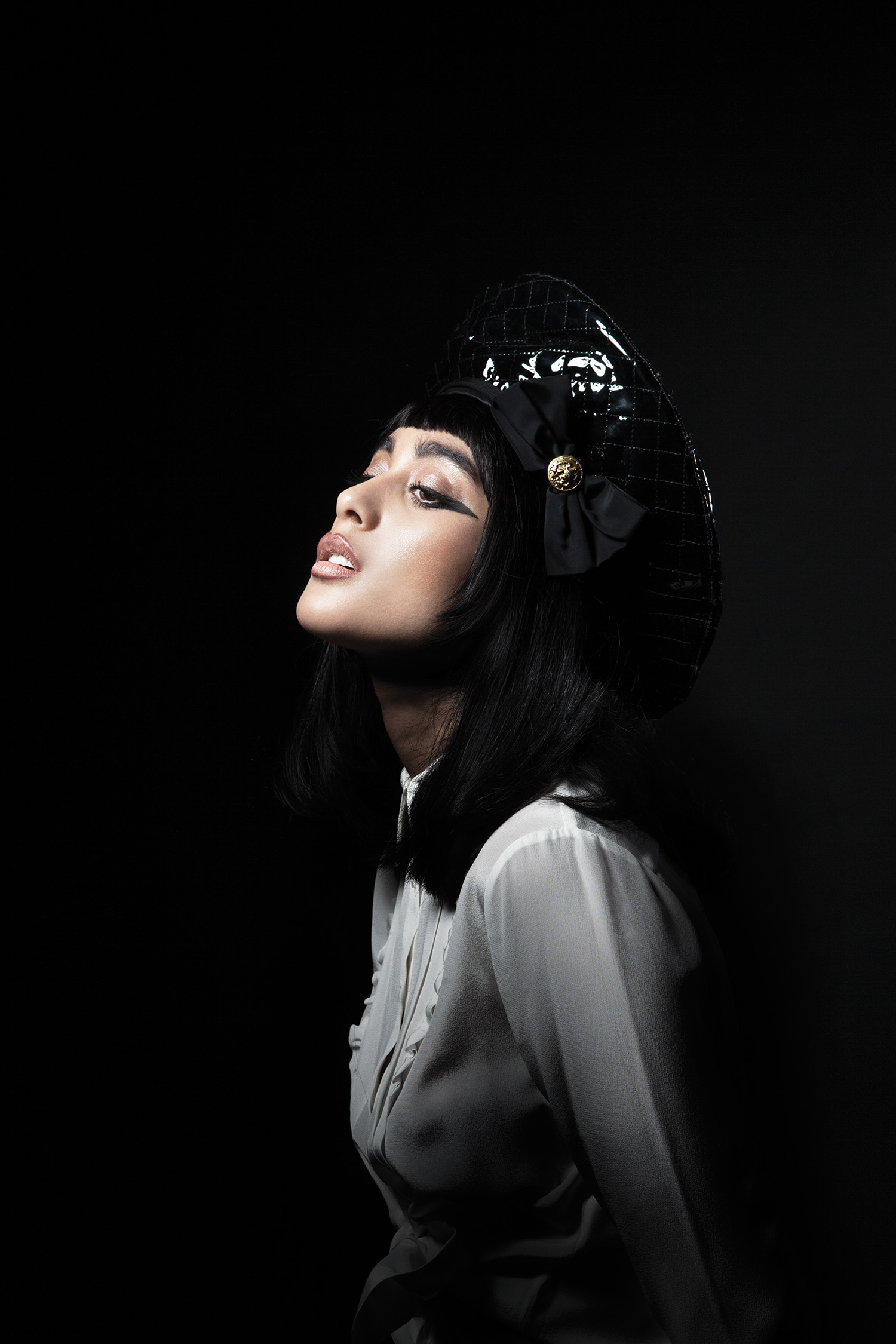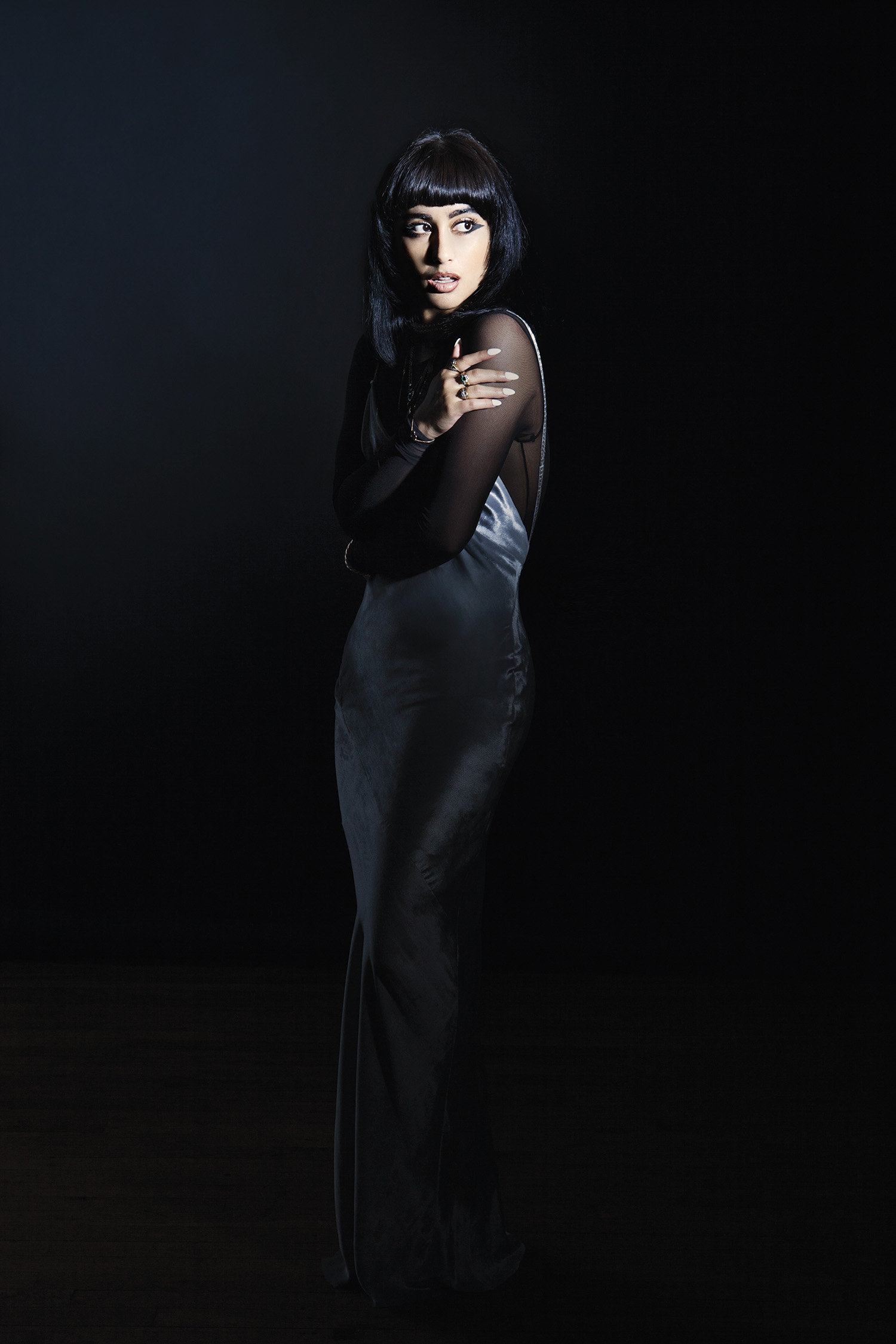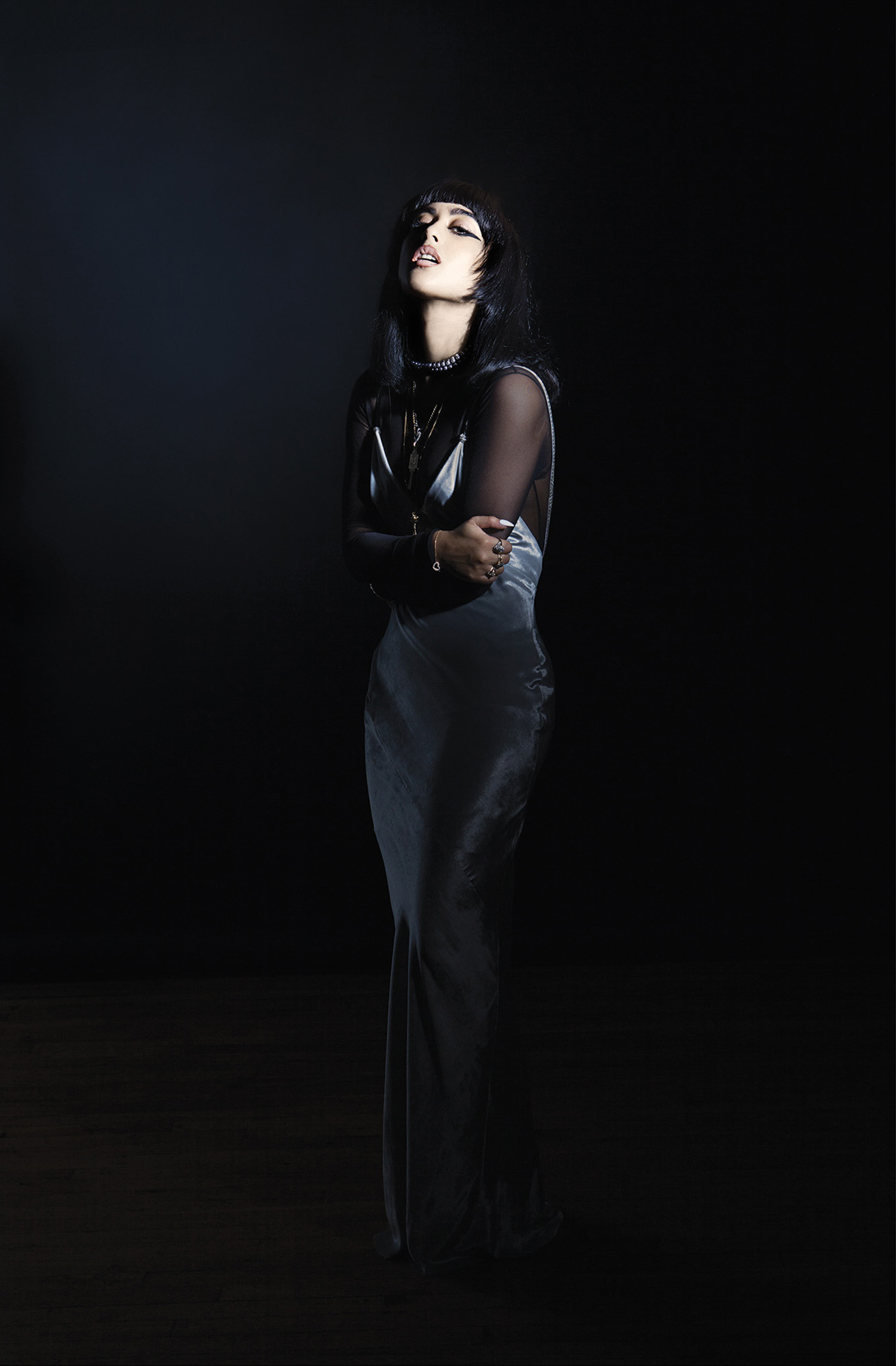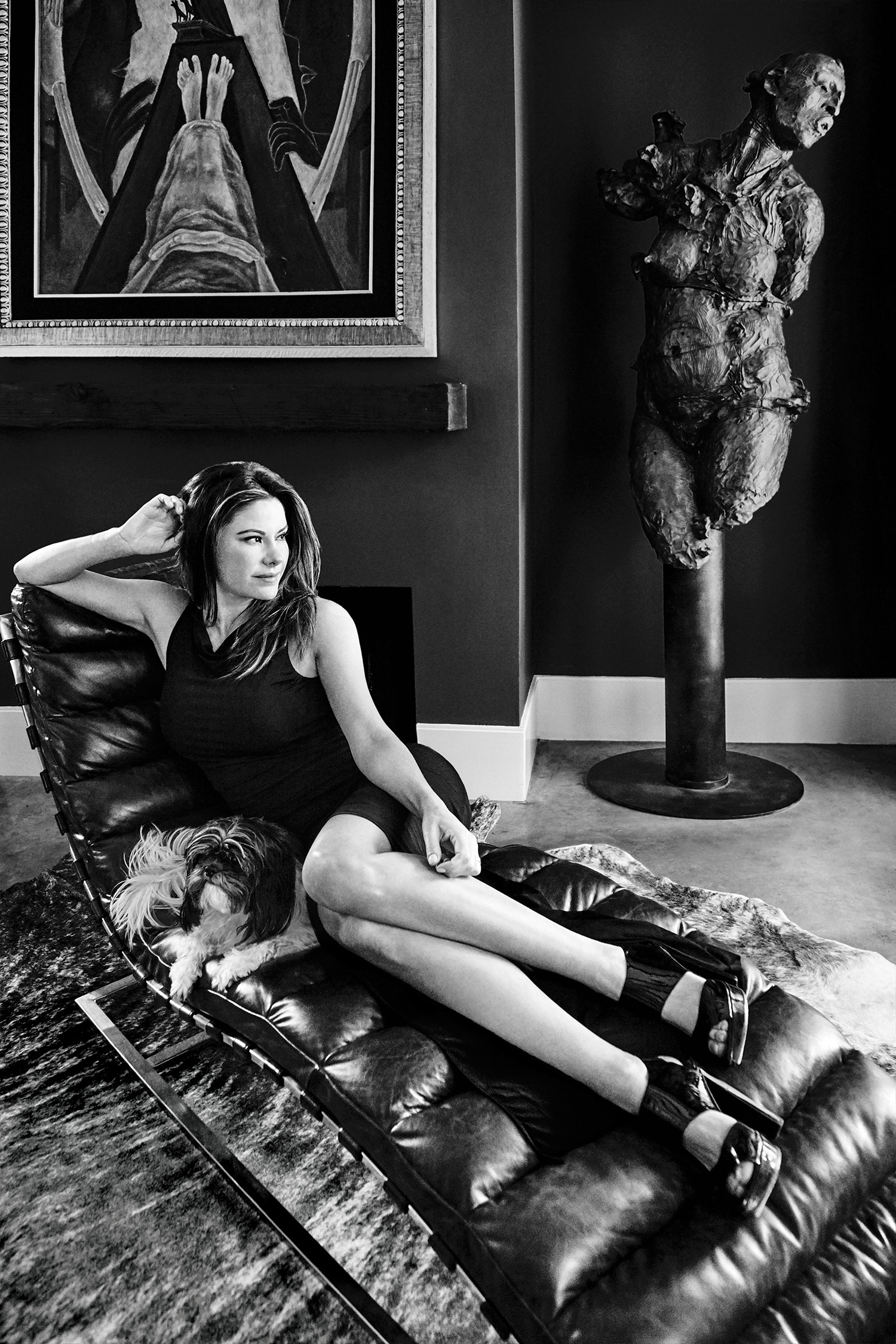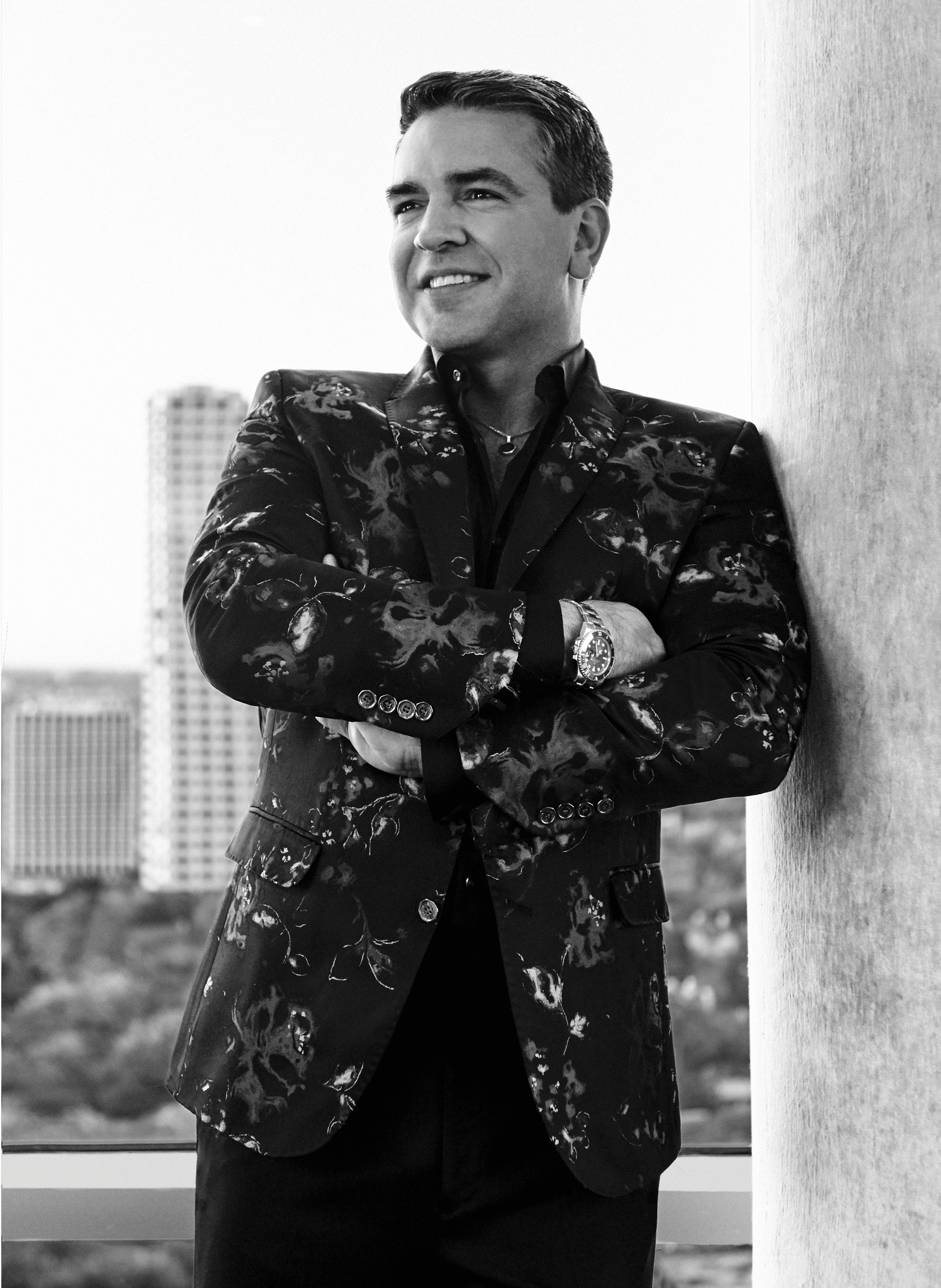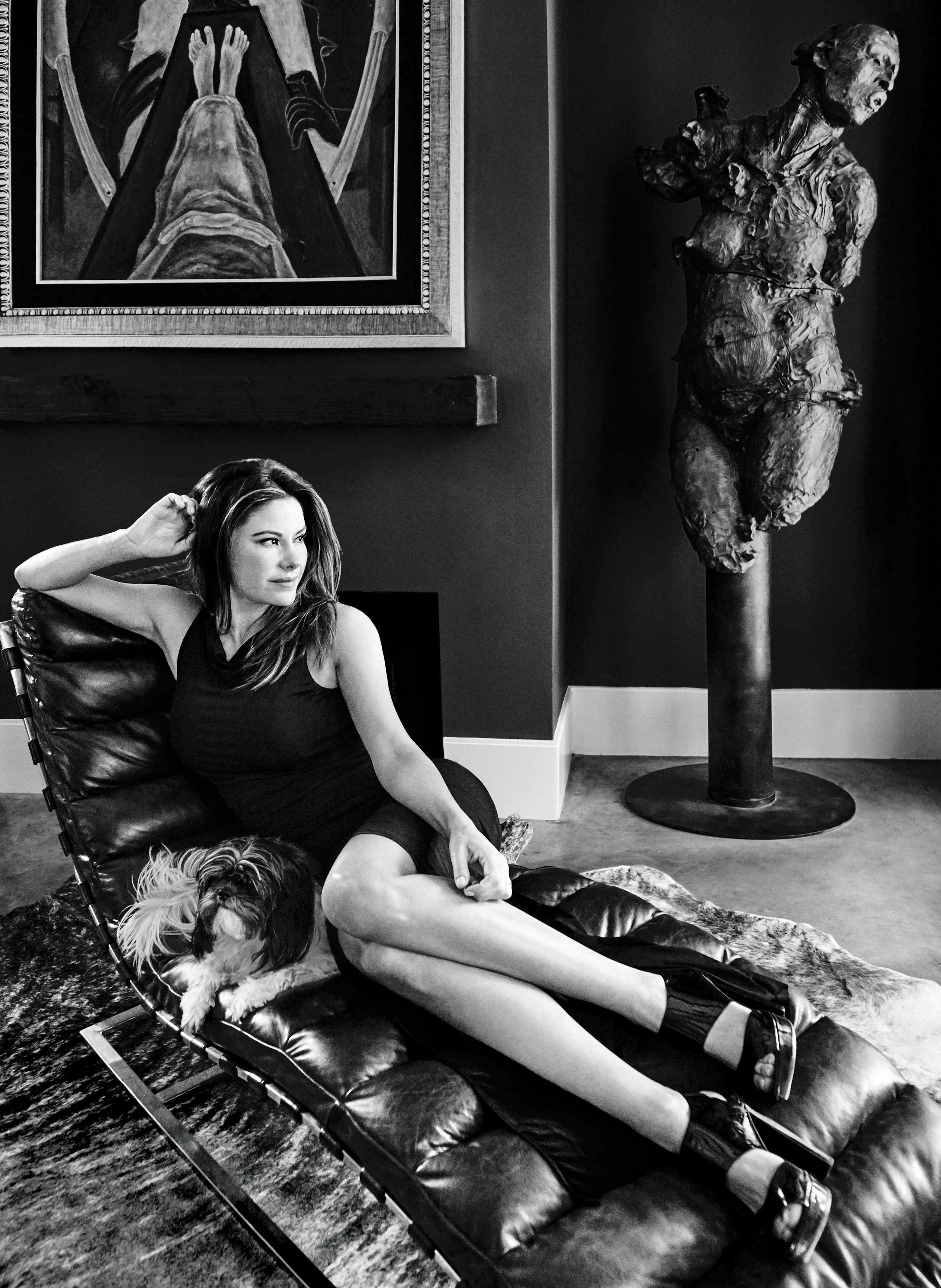ANDREW SPEER
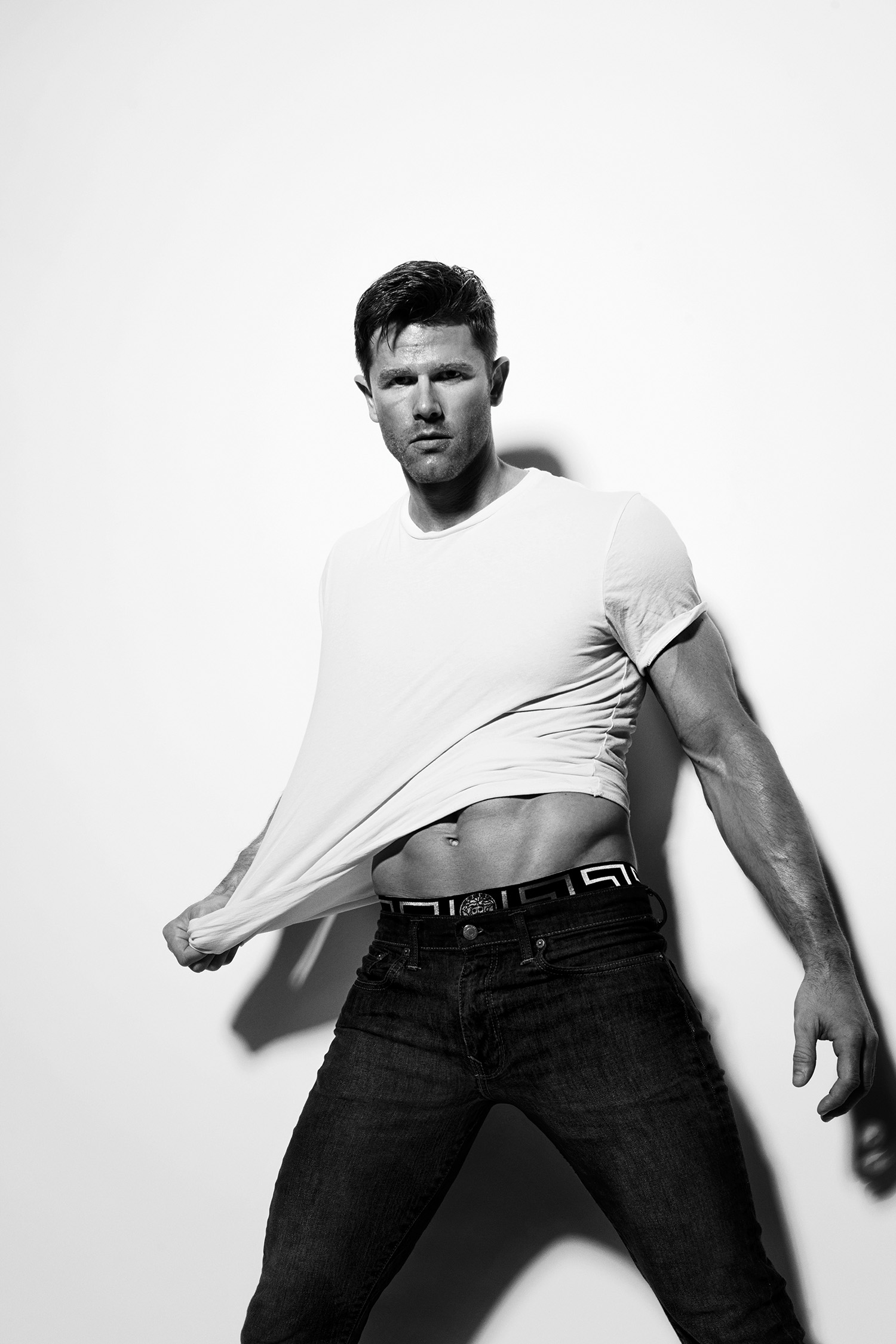 T-Shirt by J. Crew | Jeans by Levis | Underwear by Versace
T-Shirt by J. Crew | Jeans by Levis | Underwear by Versace
In 2013, Speers and his business partners Ryan Hopkins and Albert Matheny, opened Soho Strength Lab in order to help others find their inner Olympian, and since then the facility has become the headquarters for Manhattan’s elite to train and strengthen. Speers now spends his time training his private clients, running Soho Strength Lab, and is one of New York’s Top fitness models with Wilhelmina Models working for brands such as Adidas, Under Armour, and Saks Fifth Avenue. We caught up with Andrew in-between training sessions to discuss training and the fitness.
What is your educational background in regards to personal training?
I actually studied Marine biology at University of Miami, so I was always interested in science. I put that science background towards training after college when I dove into education through certification courses, seminars, and books. Currently I am a Certified Strength and Conditioning Specialist through the National Strength and Conditioning Association and SFG Level 1 kettlebell Instructor. I have also been certified as a Certified Personal Trainer (NSCA), a USA weightlifting Level 1 coach, an RKC-1 kettlebell instructor and Martin Rooney’s Training for Warriors Level 1 instructor.
What is your favorite part about training others?
Being able to coach, guide, and motivate someone to reach their goals, overcome barriers, and have an “aha!” moment. Clients have different goals whether it’s a rope climb, a marathon, or reaching a certain body fat percentage. The common ground is achieving something you once thought out of reach. When I see the look of “I did it!” or “ohhhh, that’s how you do it!” on someone’s face, THAT is my favorite part!
Did you have this athleticism from birth, or was it not until later that you discovered your passion?
I was a competitive gymnast from age 6 to 16. I wrestled and ran track in high school, and then went on to compete for University of Miami in the pole vault, so I’ve been involved in sports my whole life. Throughout my athletic career I always loved being the leader and motivator on the team. I may not have been the best athlete, but I always found a way to push myself and my teammates during practice. That attitude carried over into life as I was training friends and family members just because I loved it, then I began my journey as a personal trainer. I was a skinny, awkward looking kid growing up and I found solace and belonging in sports. I wasn’t the football quarterback by any means, but I excelled in unique sports which gave me the confidence I needed growing up.
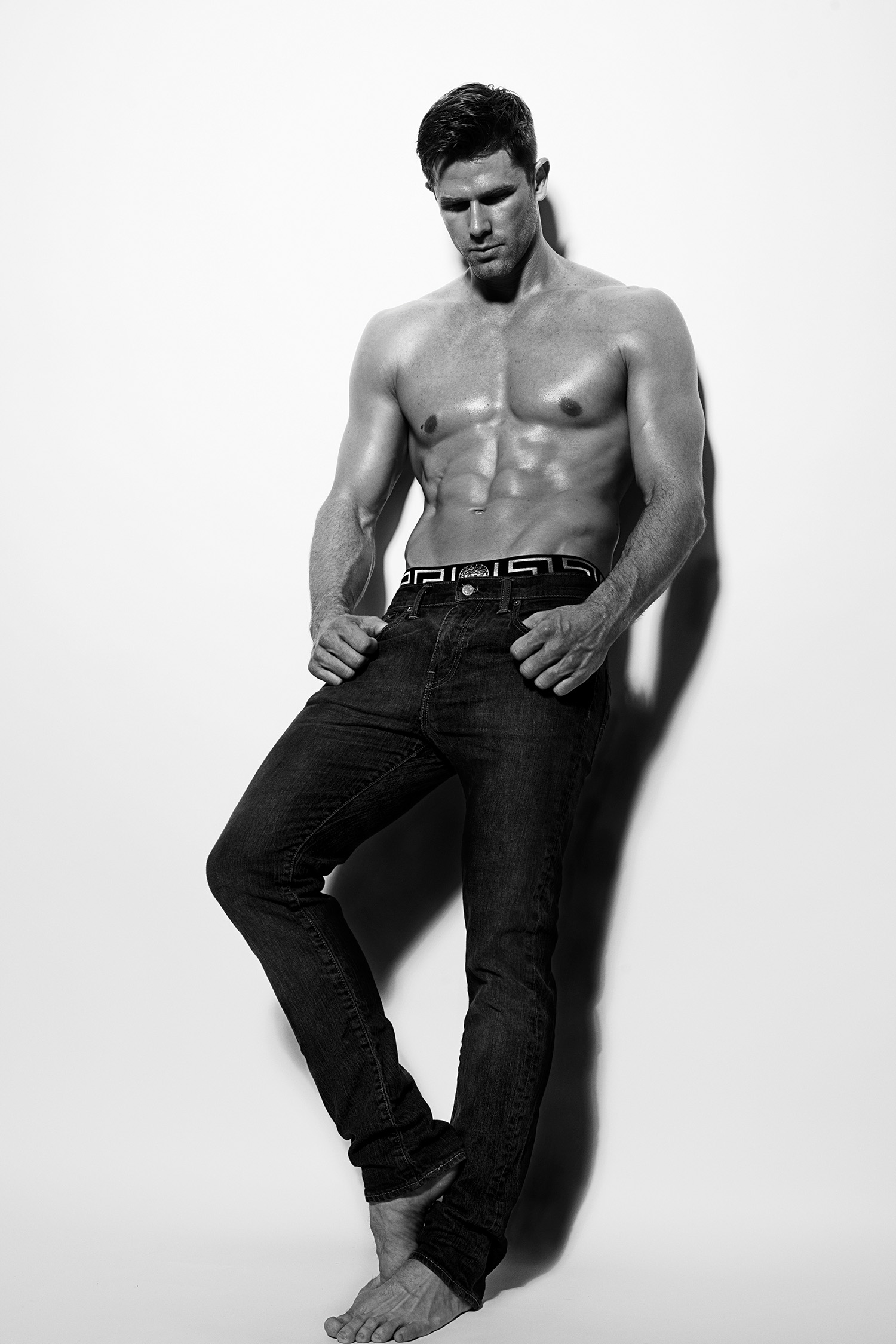 Jeans by Levis | Underwear by Versace
Jeans by Levis | Underwear by Versace
Who did you look up to growing up?
I definitely looked up to my gymnastics coaches as well as Olympic gymnasts and later Olympic track athletes like Sergei Bubka and Micheal Johnson. Ricky Henderson was my favorite baseball player because he was so fast.
How would you help a client who has very little athletic experience? What’s a good way to get started?
The best was to get started is to get help from a professional. A good trainer can assess you and identify imbalances and weaknesses and outline a strategy or program to reach your goals. Having a plan is crucial for getting a healthy, fit body as soon as possible.
If a trainer is not an option for you, then find a friend to begin your journey with. Accountability is key. And set achievable goals. Going from working out zero days a week to five days a week leaves a huge margin for failure to meet that goal. Start with one or two days at the gym. Do this for a month or two, then add more once it’s part of your routine.
What are three areas of focus that a trainee should know in their journey to a perfect body?
1) Movement quality – This means adequate mobility, flexibility, and coordination to move in life and the gym with confidence and without pain.
2) Strength – This is a relative term for each individual. Getting stronger in a few basic movements (squatting, pull ups/ row, push ups) will be able to carryover to every other aspect of health and fitness.
3) Aerobic base / Conditioning – Challenging your cardiovascular system at varying durations and intensities is crucial for a well balanced body. Don’t over do it with the cardio, do at least 1 strength or movement workout for every cardio session.
Obviously, getting a body you are proud of is more than just exercise, what dieting advice do you give to your clients?
I’ll keep this simple: Drink more water – 2 liters a day. Eat more vegetables – 5-6 handful size servings. Eat more protein
– 3-4 handful size servings. Eat more healthy fats – Coconut, avocado, olive oil, fish oil. Eat 1- 3 servings of clean carbohydrates ( potatoes, rice, whole grain). Eat less (or none) processed sugars, wheats, foods. Avoid processed carbohydrates, added sugars, and drinks with sugar. This includes fruit juices, even the fancy organic ones, it’s still liquid sugar! This is a good place to start. Again, keep it simple. Focus on what you CAN eat, not what you cannot.
What is it about training and working out that gets you excited, inspires you, and keeps you coming to SSL everyday?
Any type of physical challenge inspires me. Physical expression is a huge part of my life. As a kid i climbed trees, went cliff jumping into rivers and lakes and found every opportunity to be active. This desire has stayed with me my whole life. Being active and challenging physical barriers builds my confidence. As I get older I am more conservative with how I challenge myself, as overall health and well being are my priority.
Have you had any great success stories in training?
Sure, I’ve had a client lose over 30lbs of fat and gain 15lbs of muscle during our time together. One client smash hit a personal record in an Iron Man Triathalon. One of my clients has run several marathons, to raise awareness for her non-profit, improving race after race. I’ve trained models for huge photoshoots with great success. Many male clients have dropped to single digit body fat percentages while maintaining lean muscle and great physiques. My DVD The Anarchy Workout has many great success stories, I am incredibly proud of those people who self motivate and workout at home and see these amazing results. I’ll tell you that the small successes you make every day are the best. Success isn’t made overnight. Watching someone day after day putting in the work, the small steps towards the end goal is the biggest success for me.
What do you have in store for the future of Soho Strength Lab?
SSL is growing and will have a new larger space in 2017. Our training team is second to none and our elite client list is growing daily. We look forward to continuing our mission to provide the best physical training experience possible.
How does Soho Strength Lab differ from any other gym?
SSL is a unique space in downtown Manhattan with the highest quality personal training in a fun and dynamic atmosphere. We curate every program specifically to each client. We have room to move, jump, climb and run. We have an excellent Olympic lifting area where you can drop big weights if that’s your thing. SSL can handle any situation from post surgery to high performance. Every member of our teams loves coaching, motivating and lives the embodies the physical lifestyle.
 Underwear by Versace
Underwear by Versace

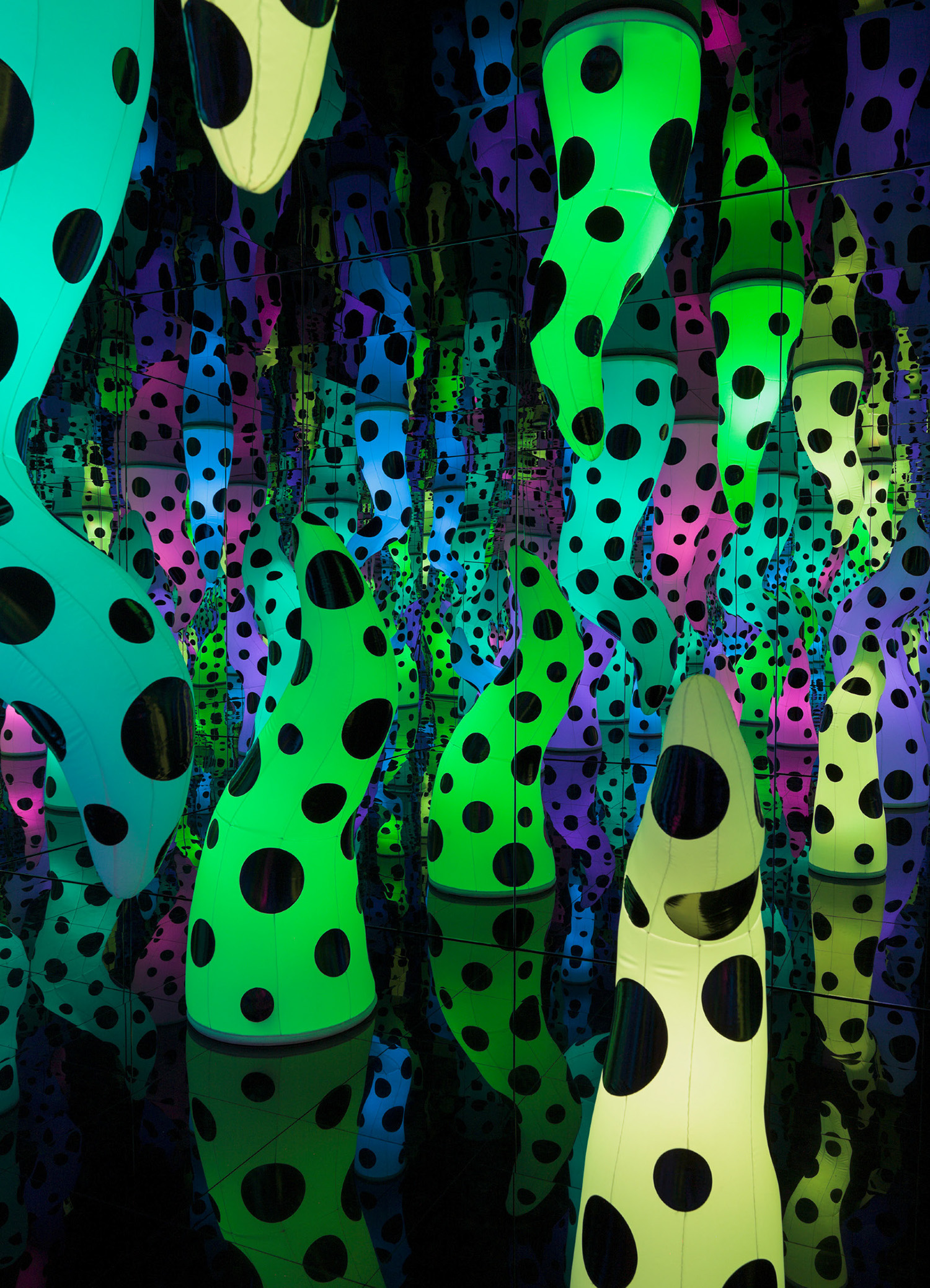
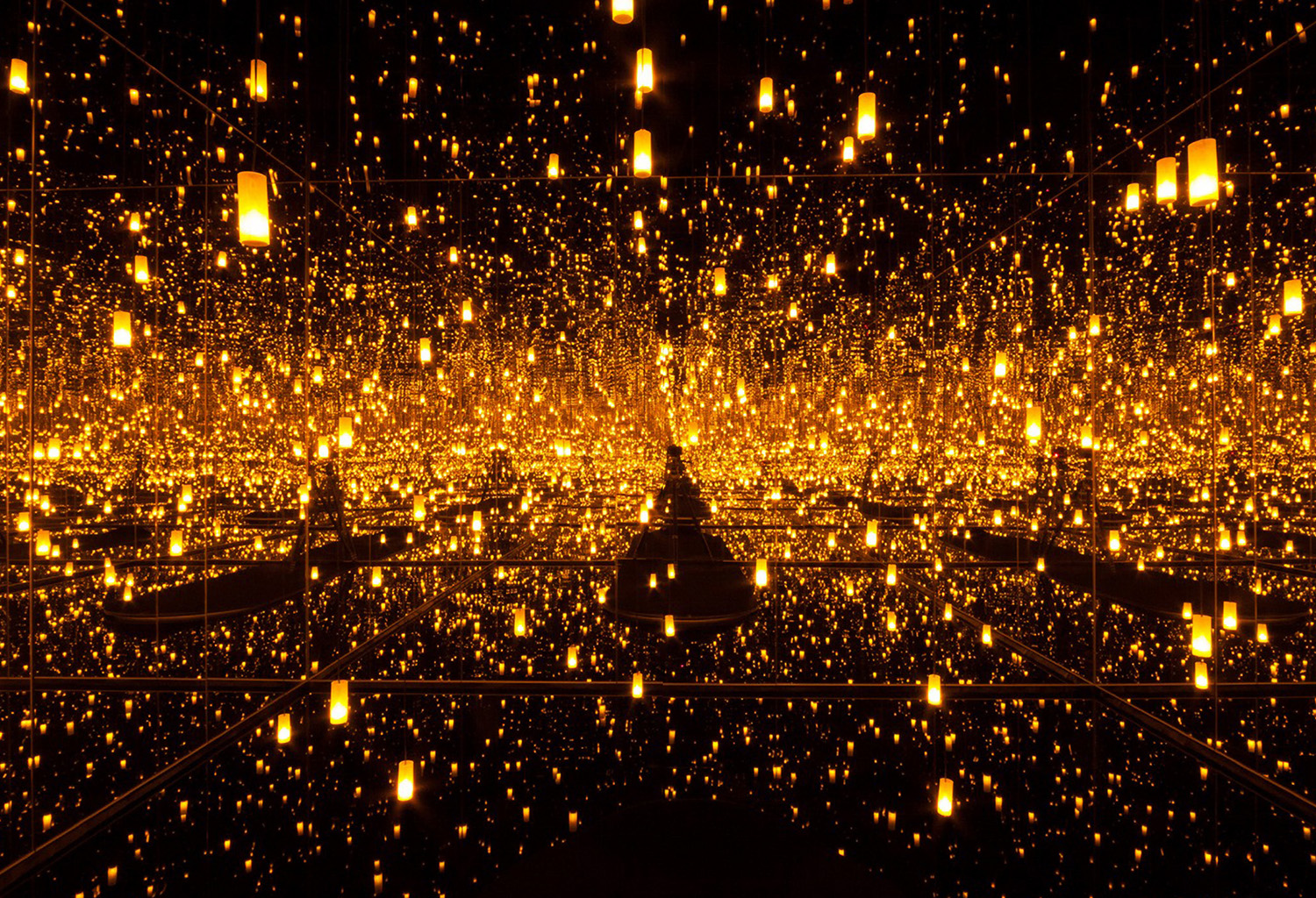
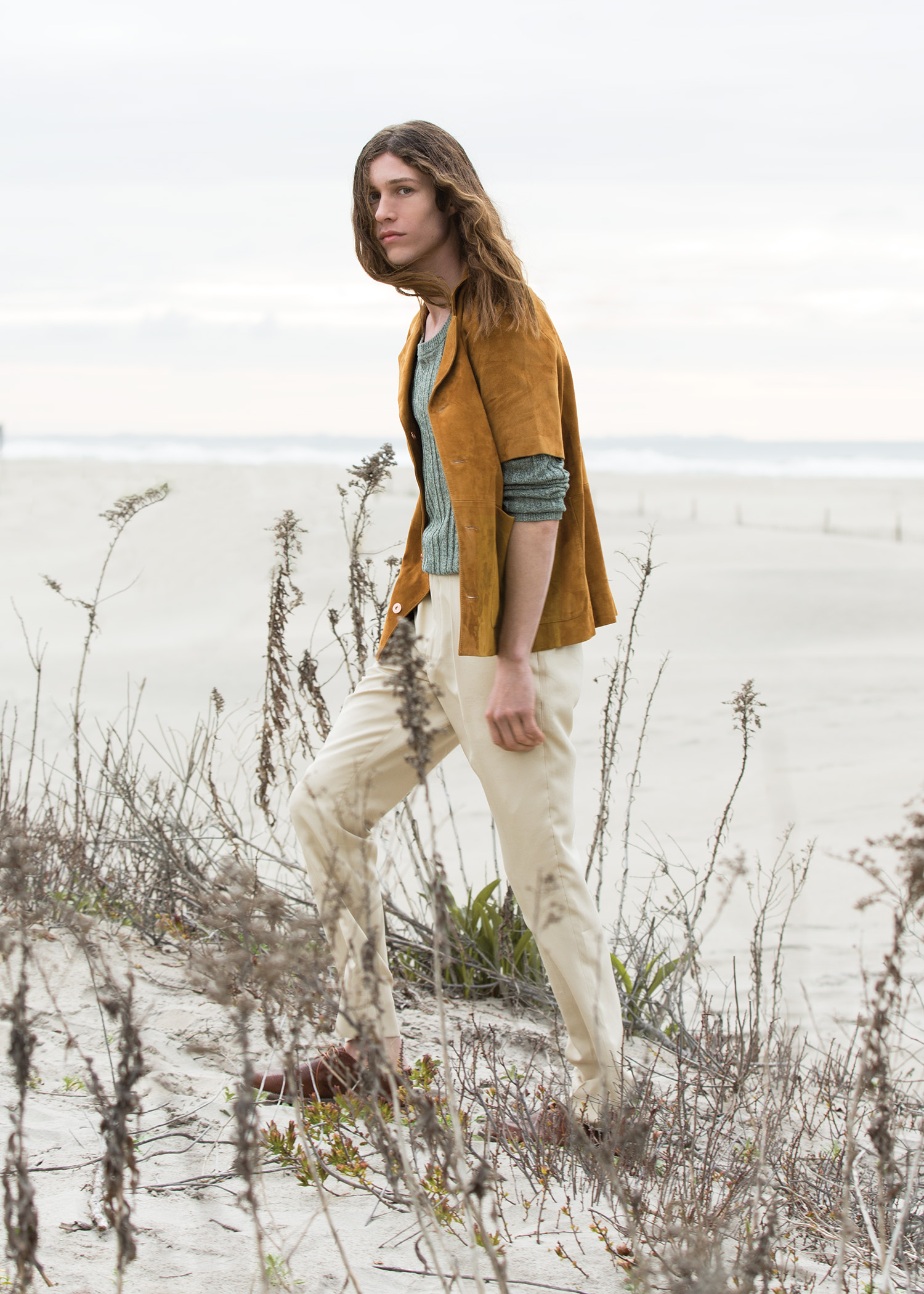
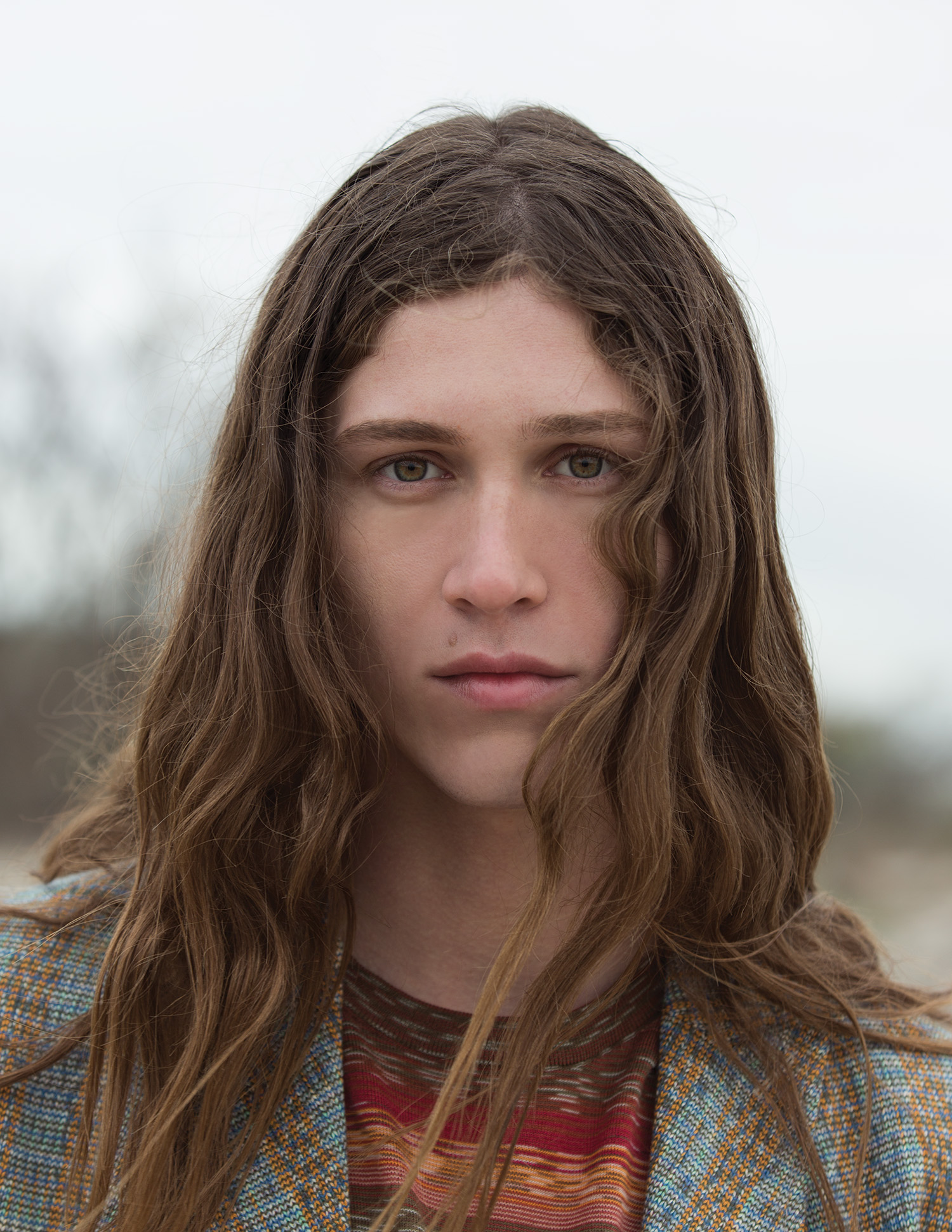
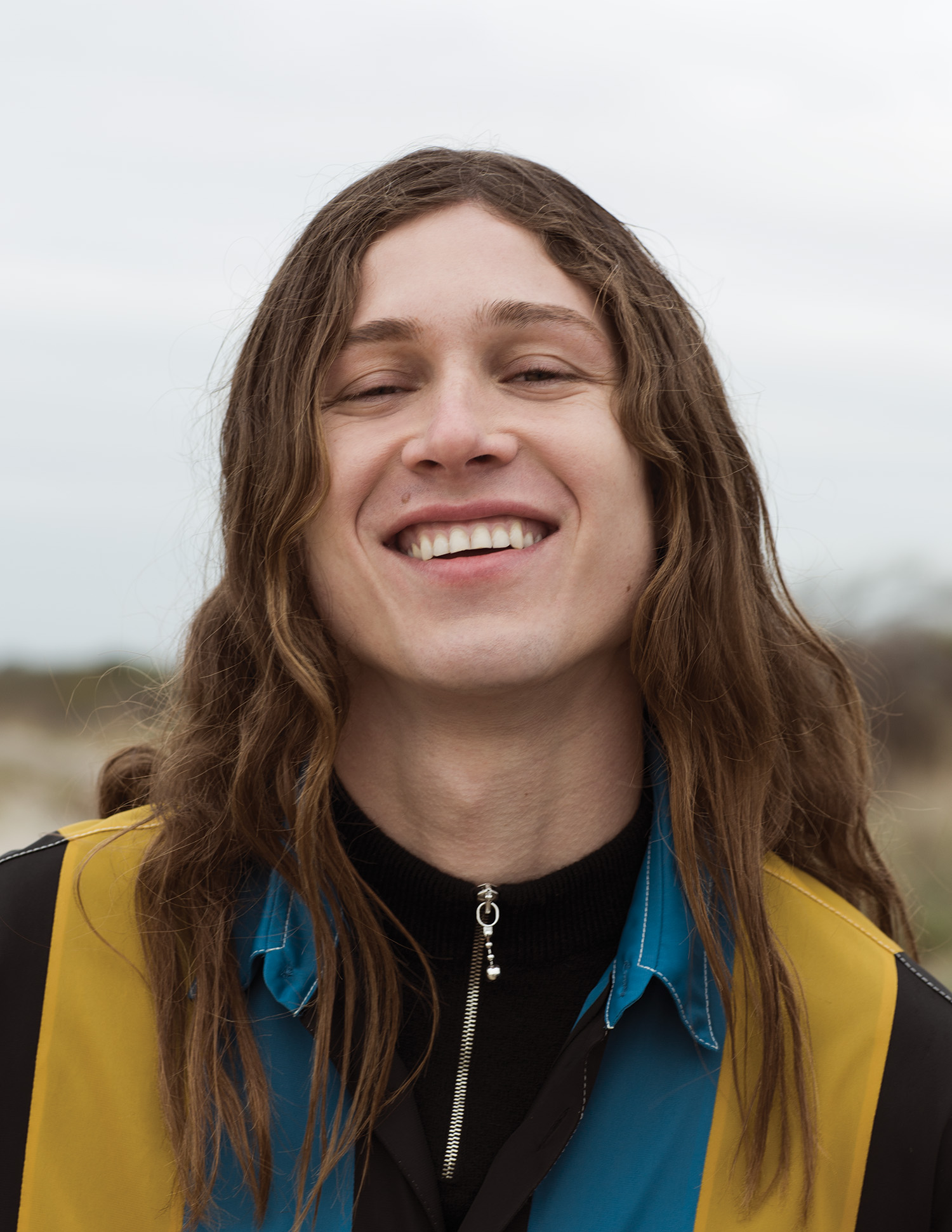
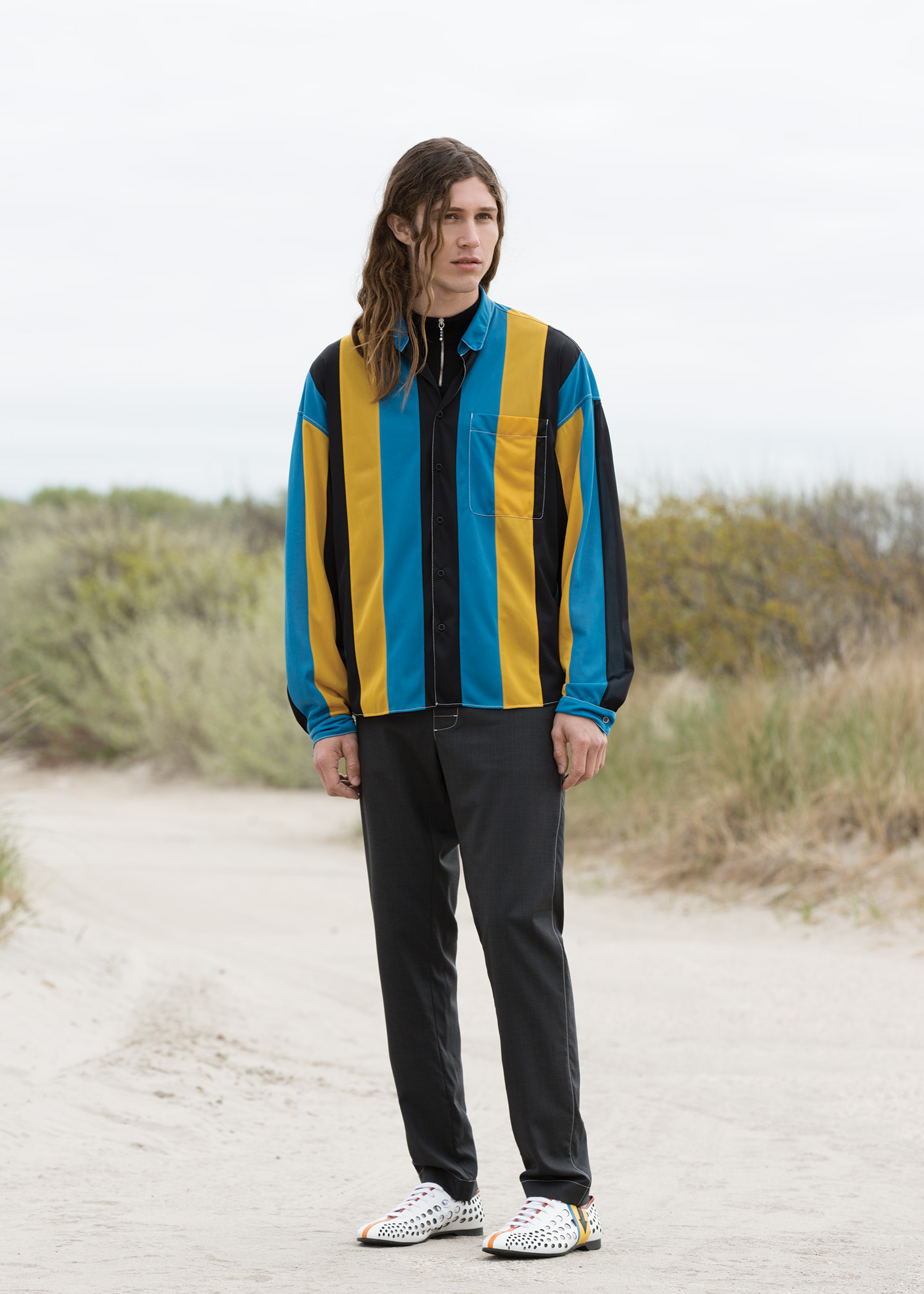
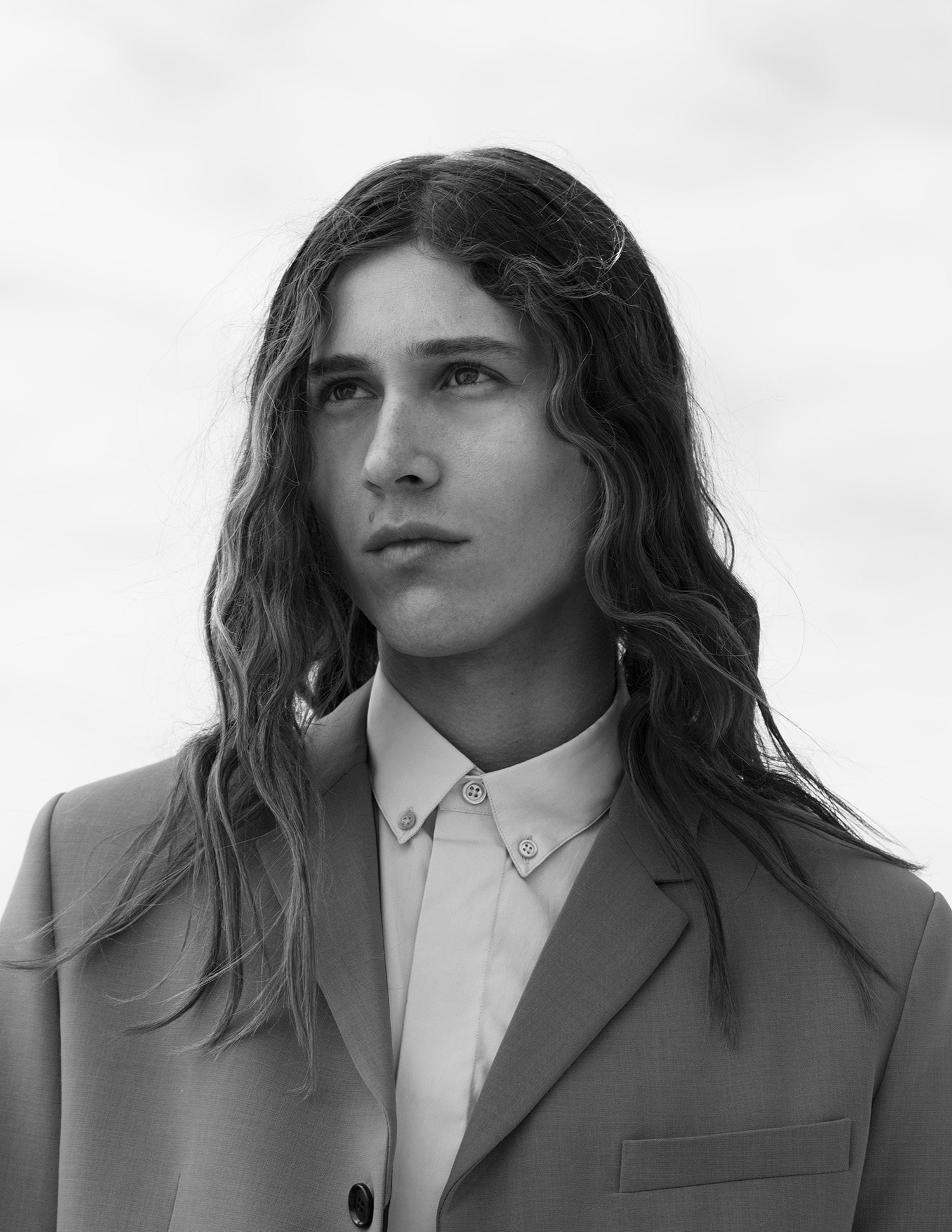
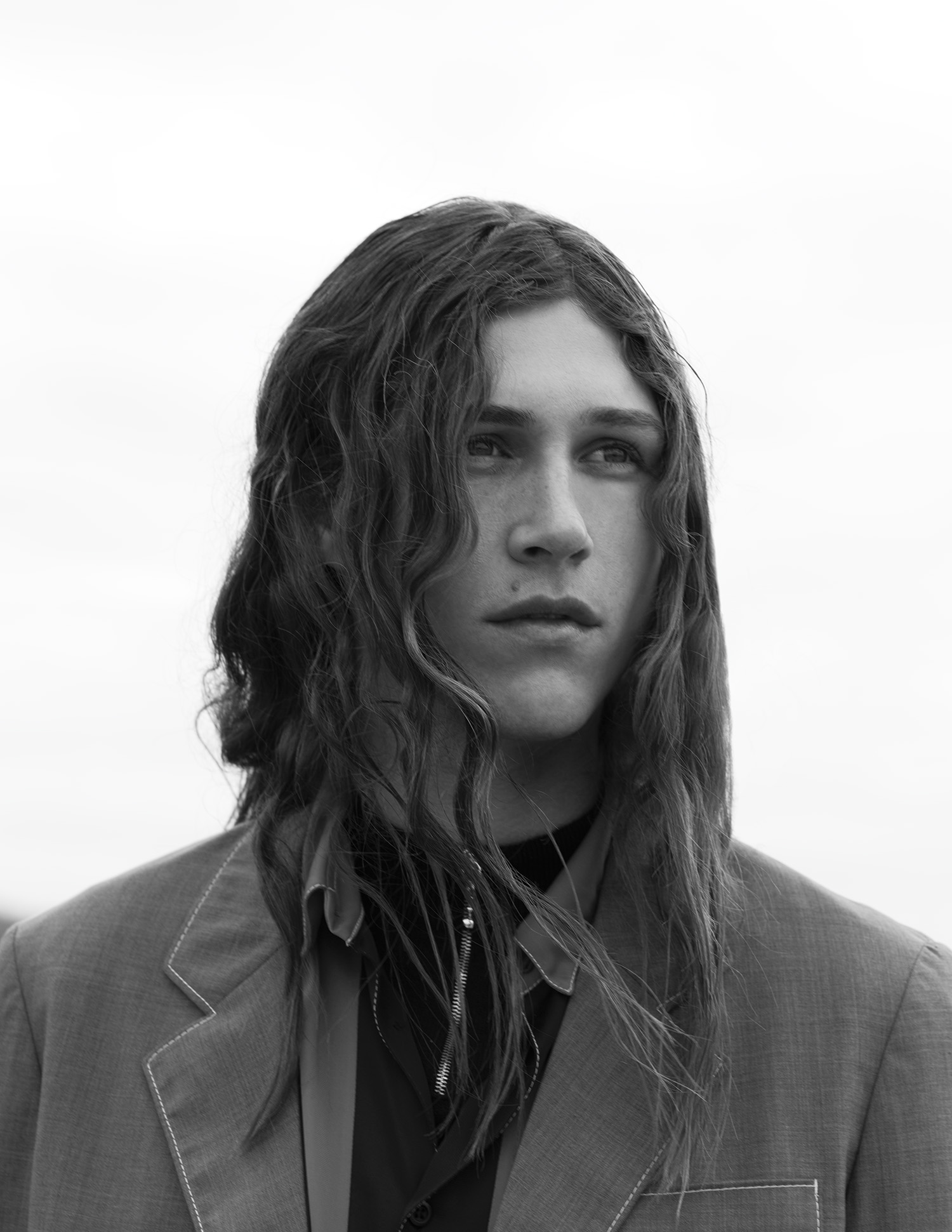
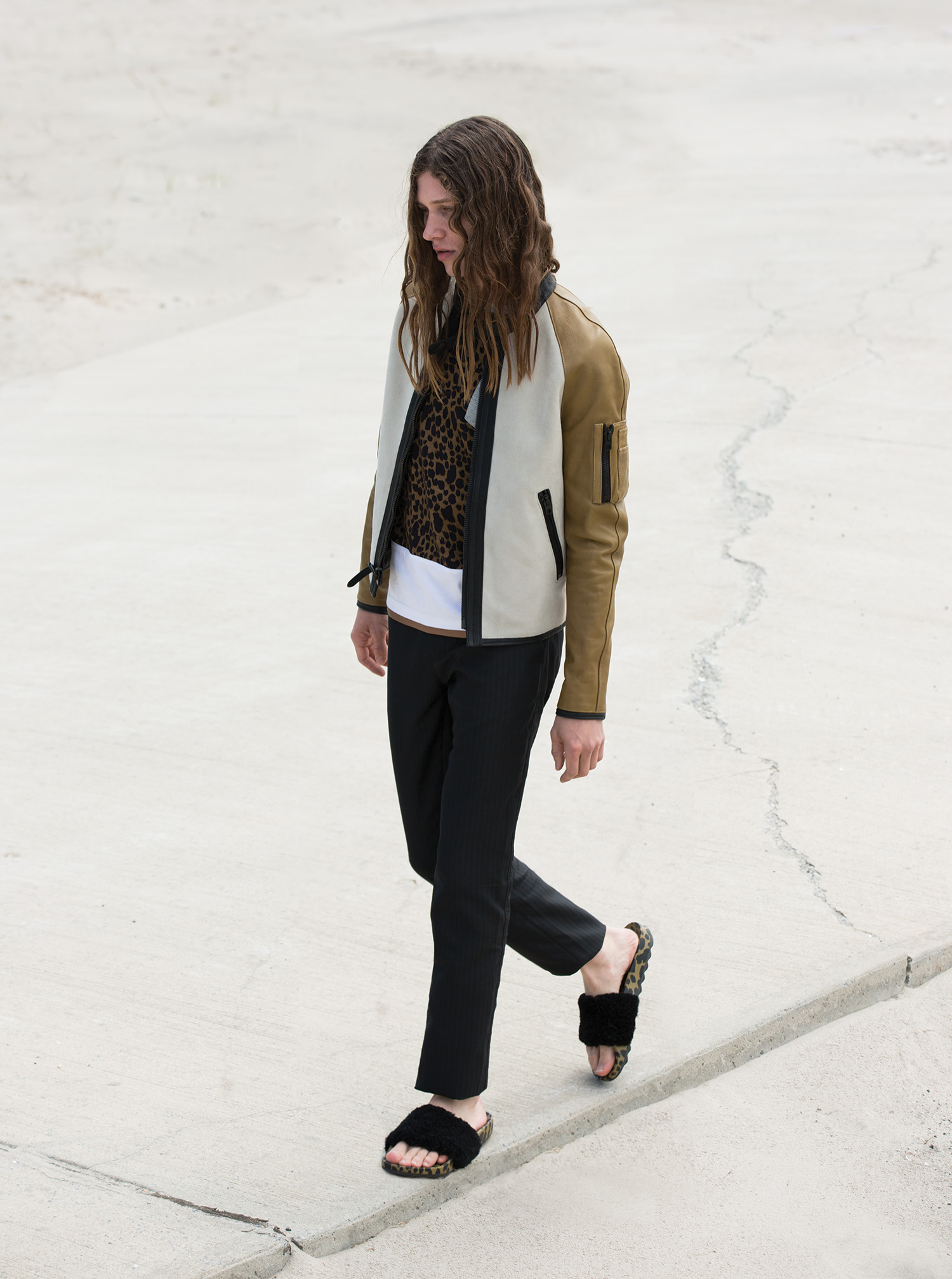
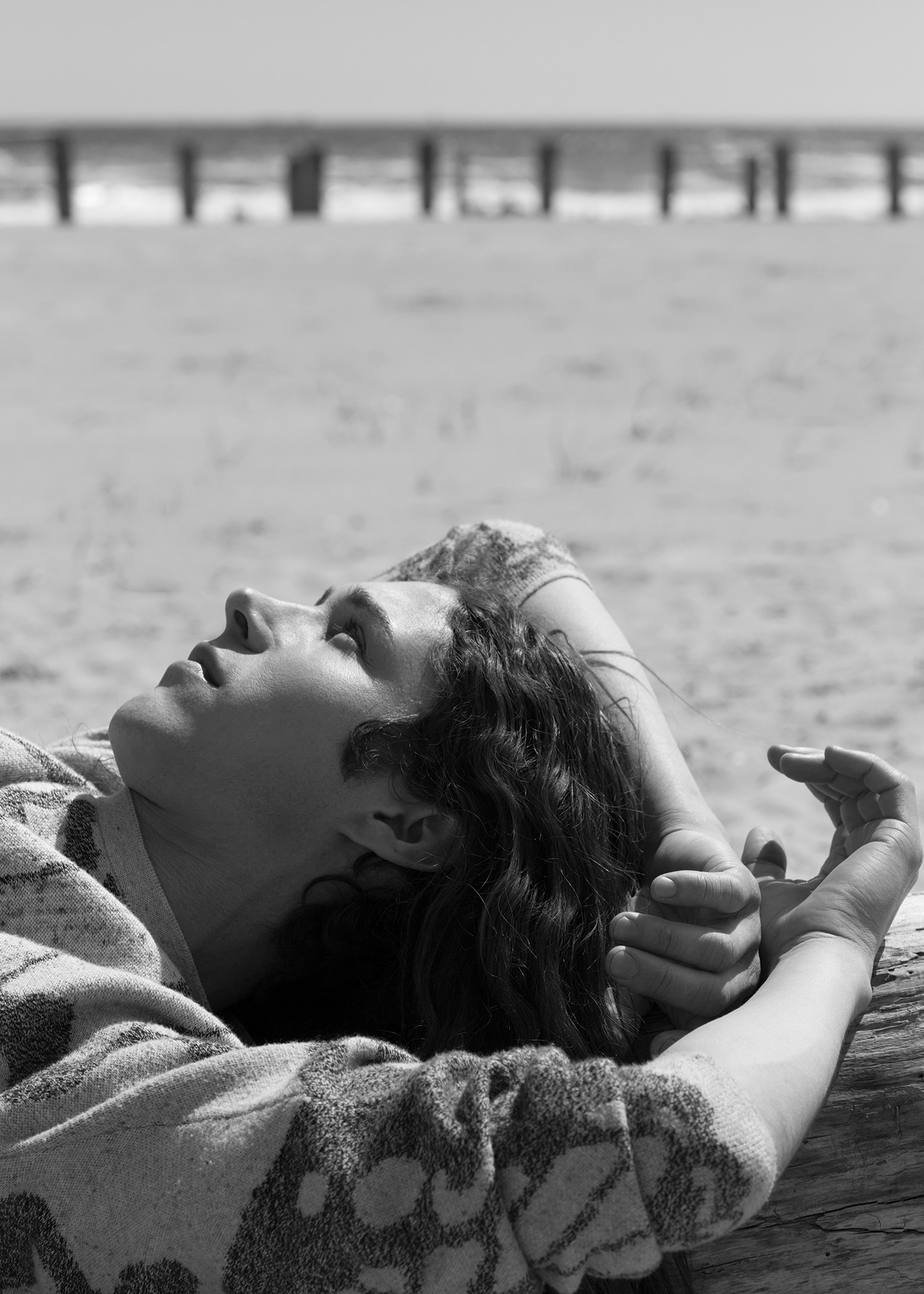
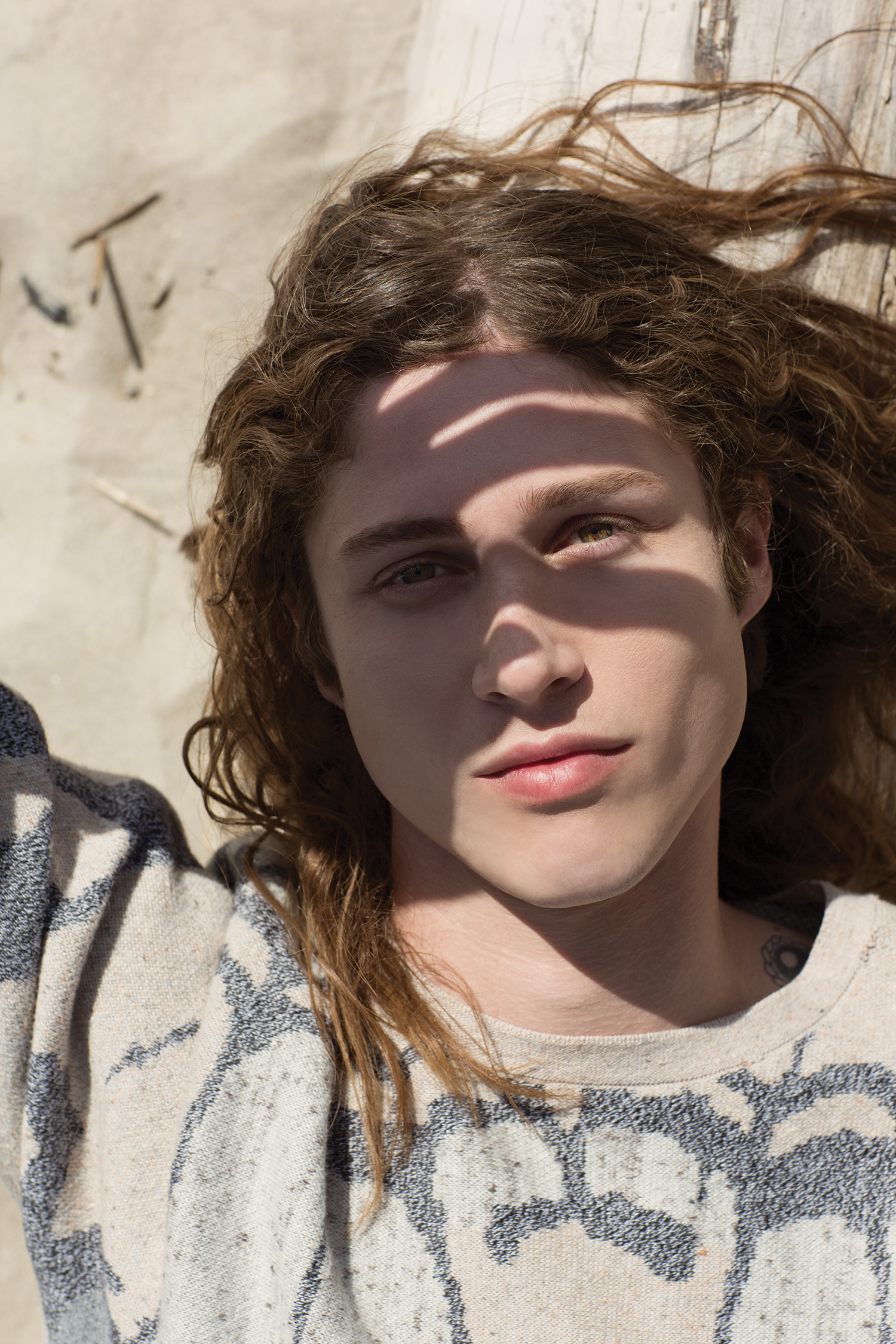 Sweater by Billy Reid
Sweater by Billy Reid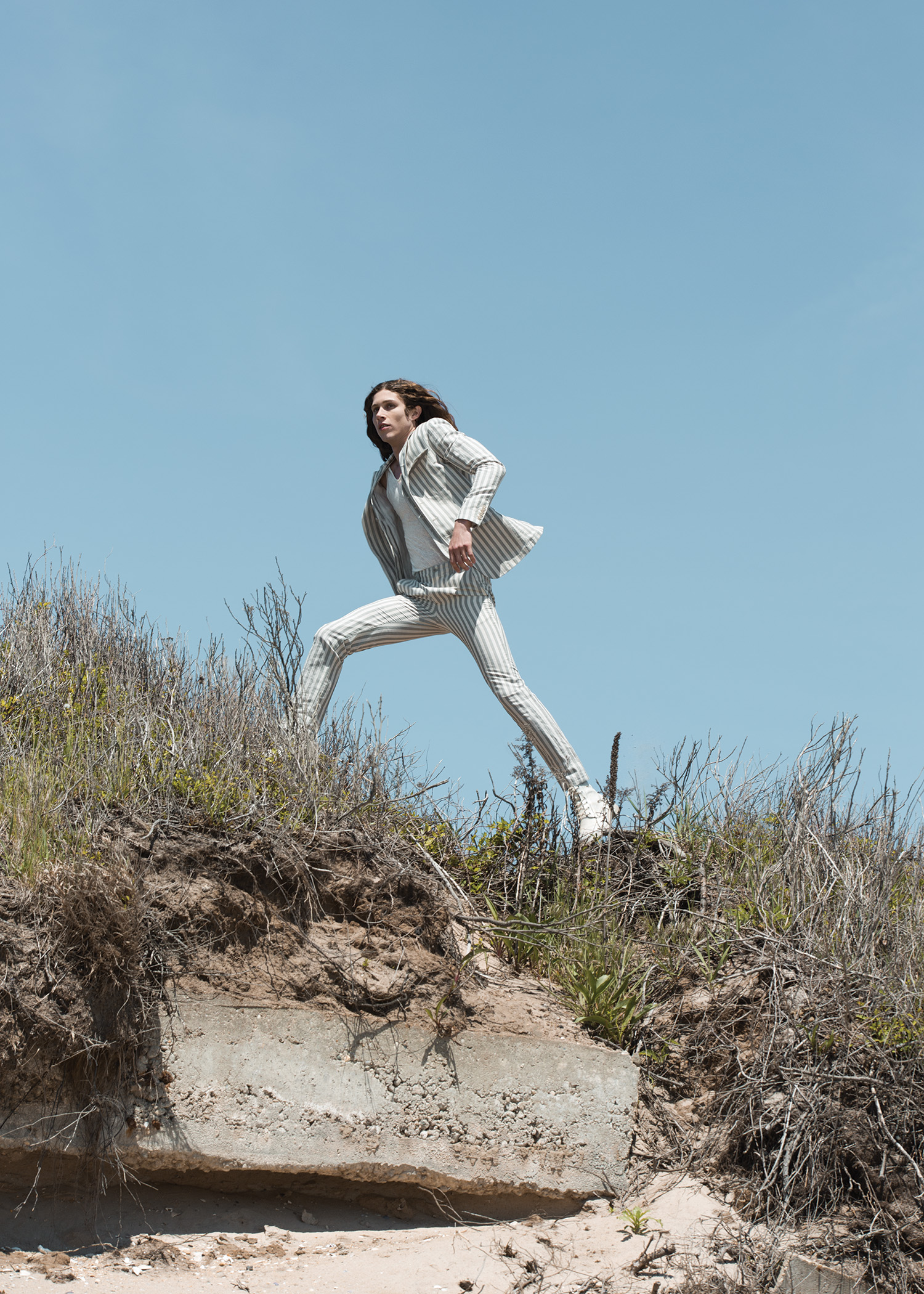 Jacket, Tank Top, Pants, and Boots by John Varvatos
Jacket, Tank Top, Pants, and Boots by John Varvatos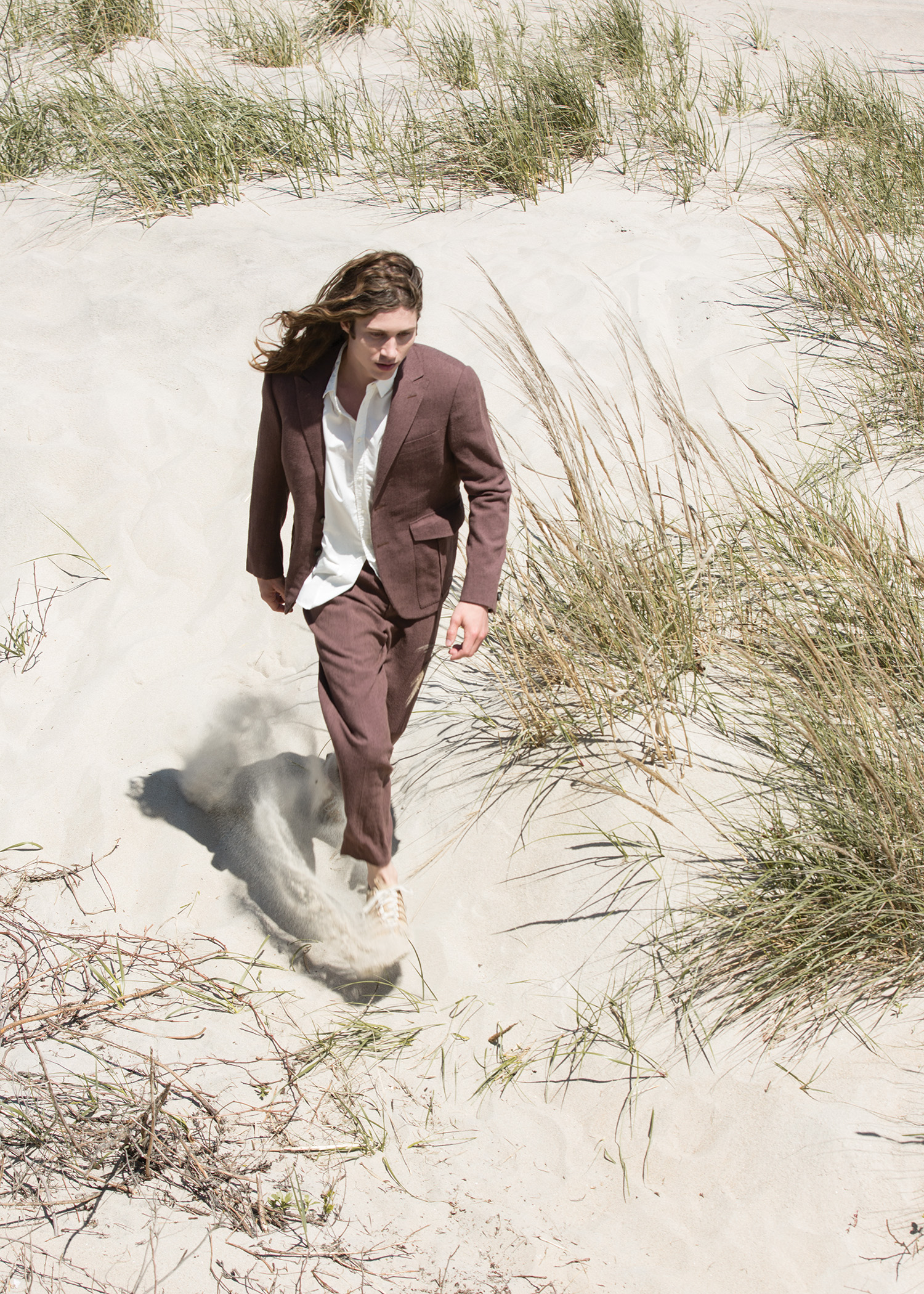
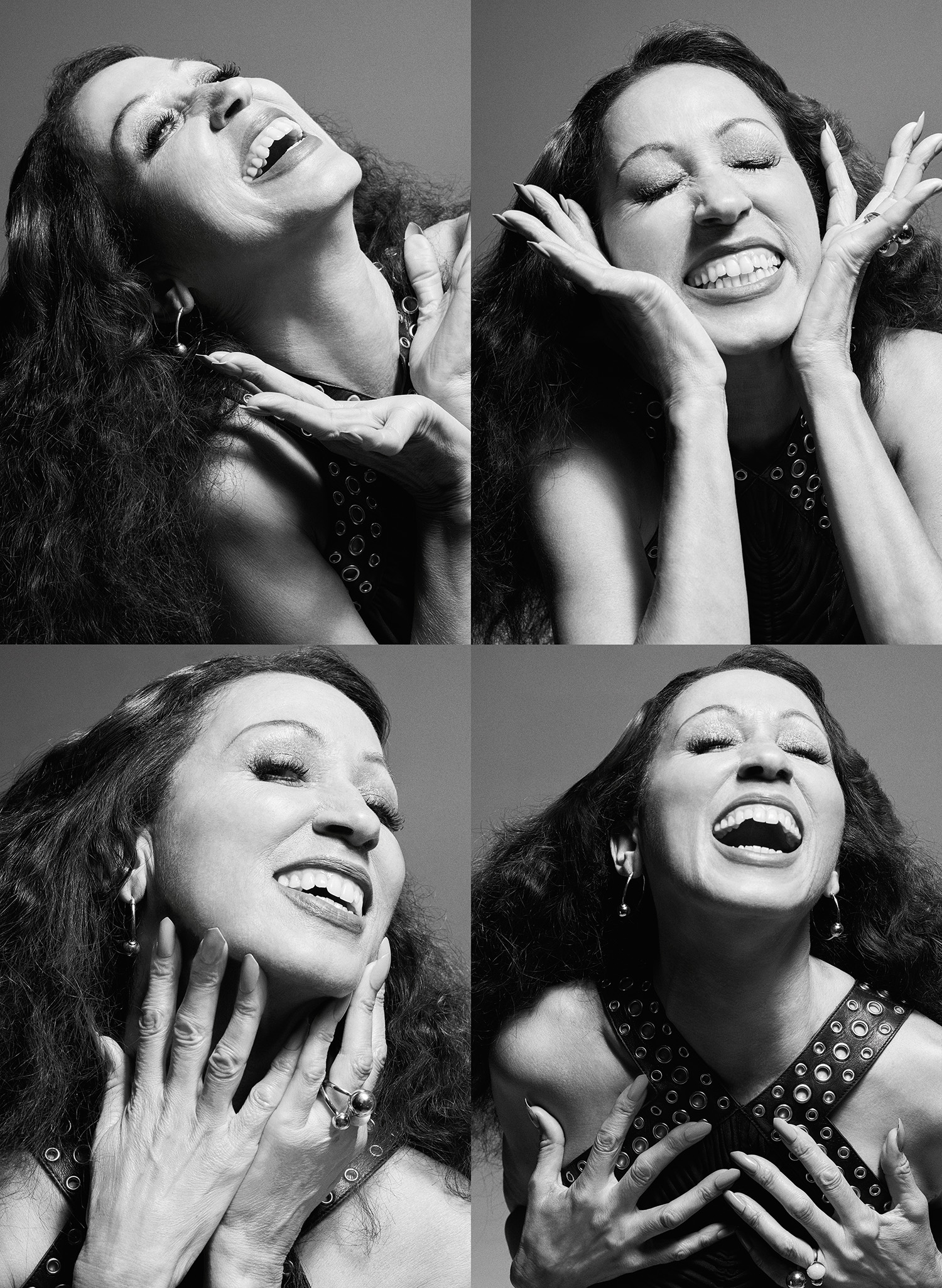
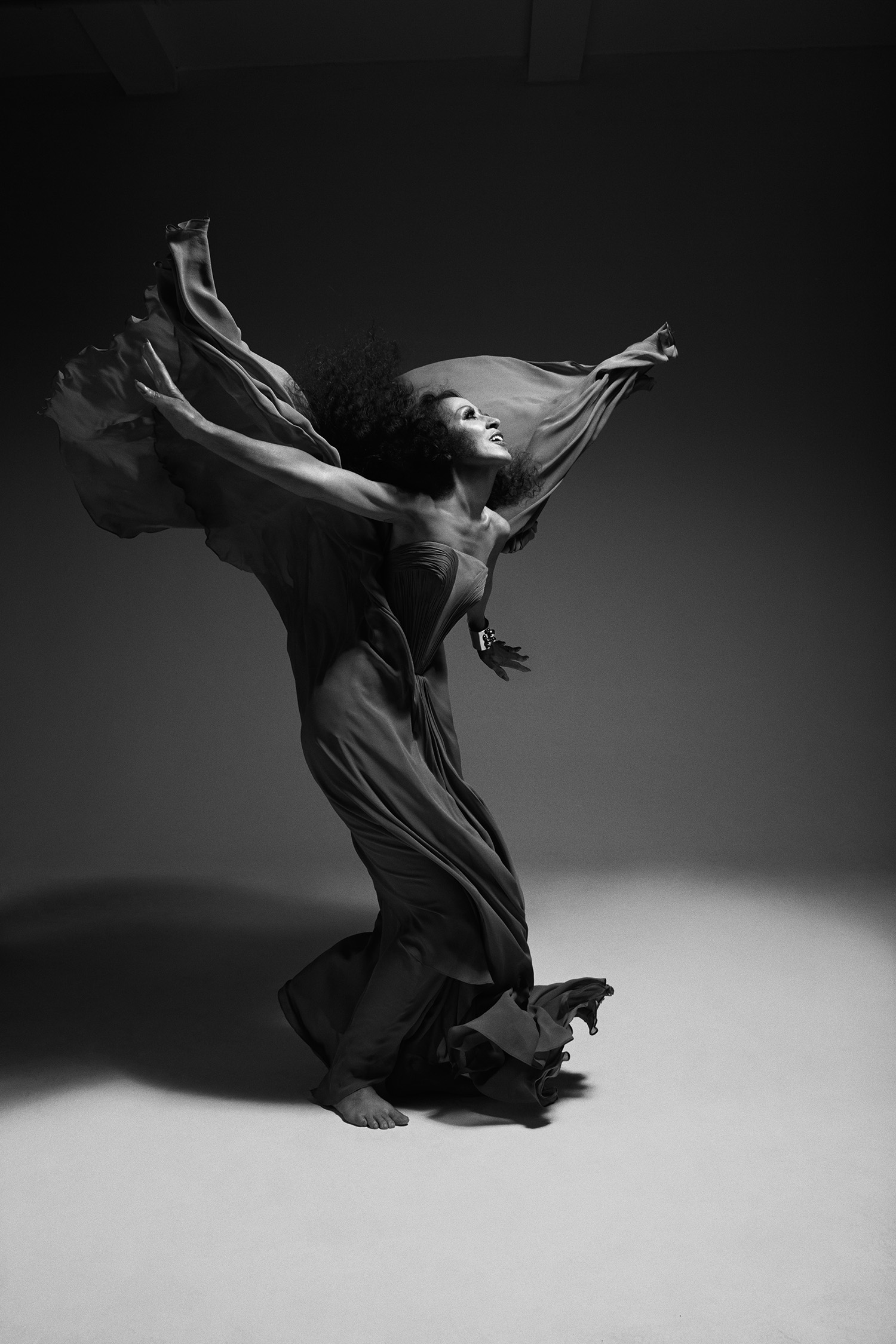
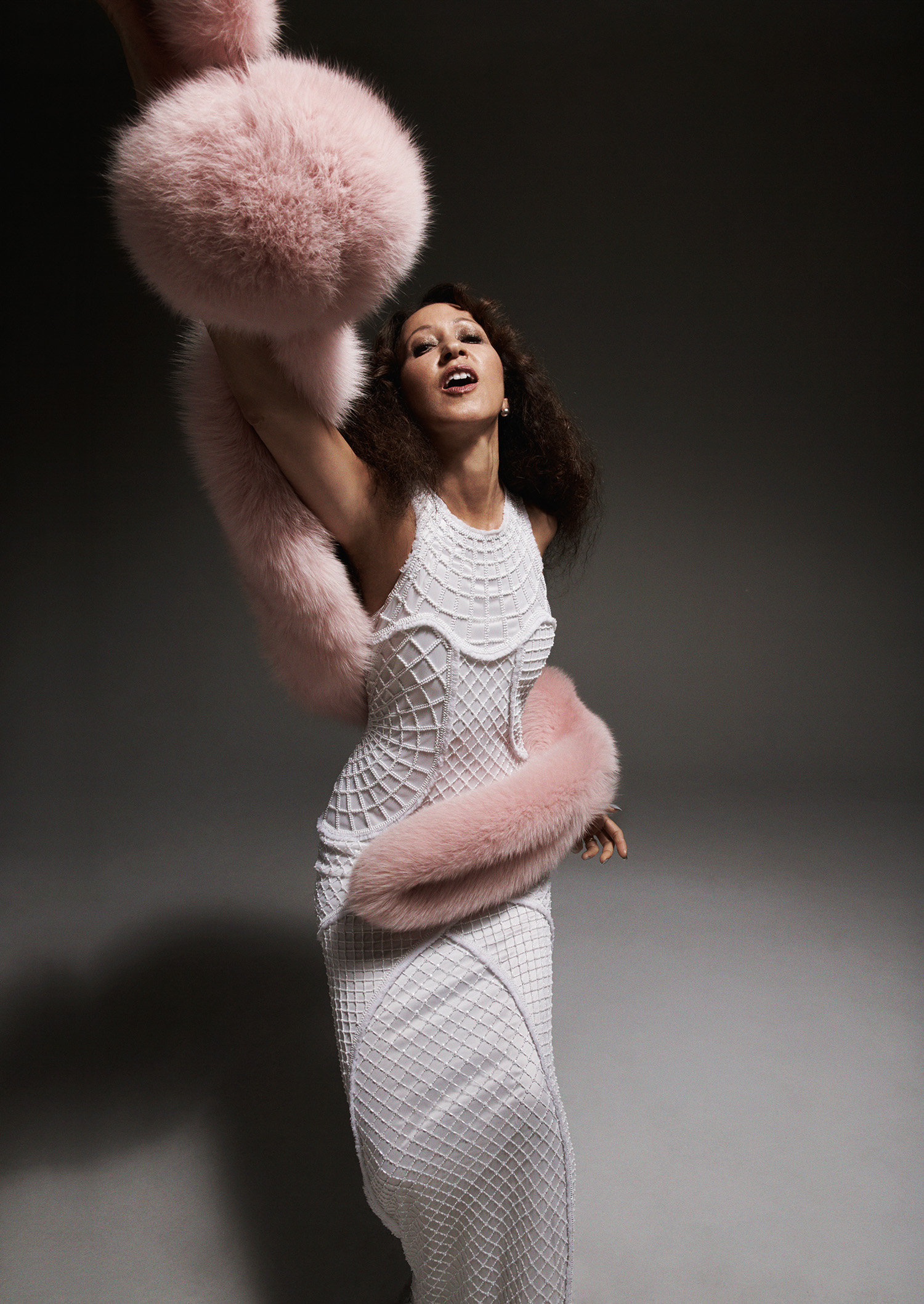
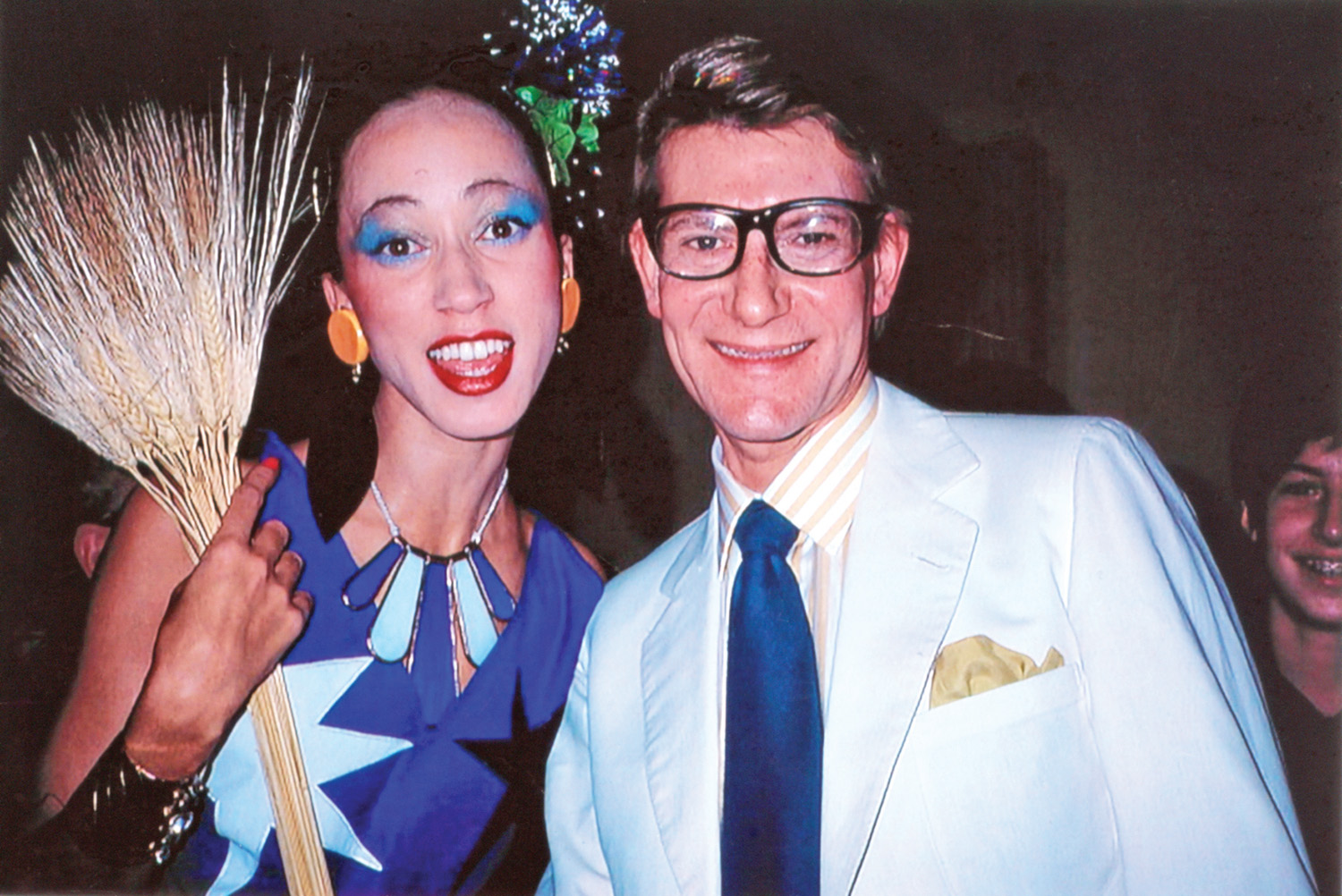
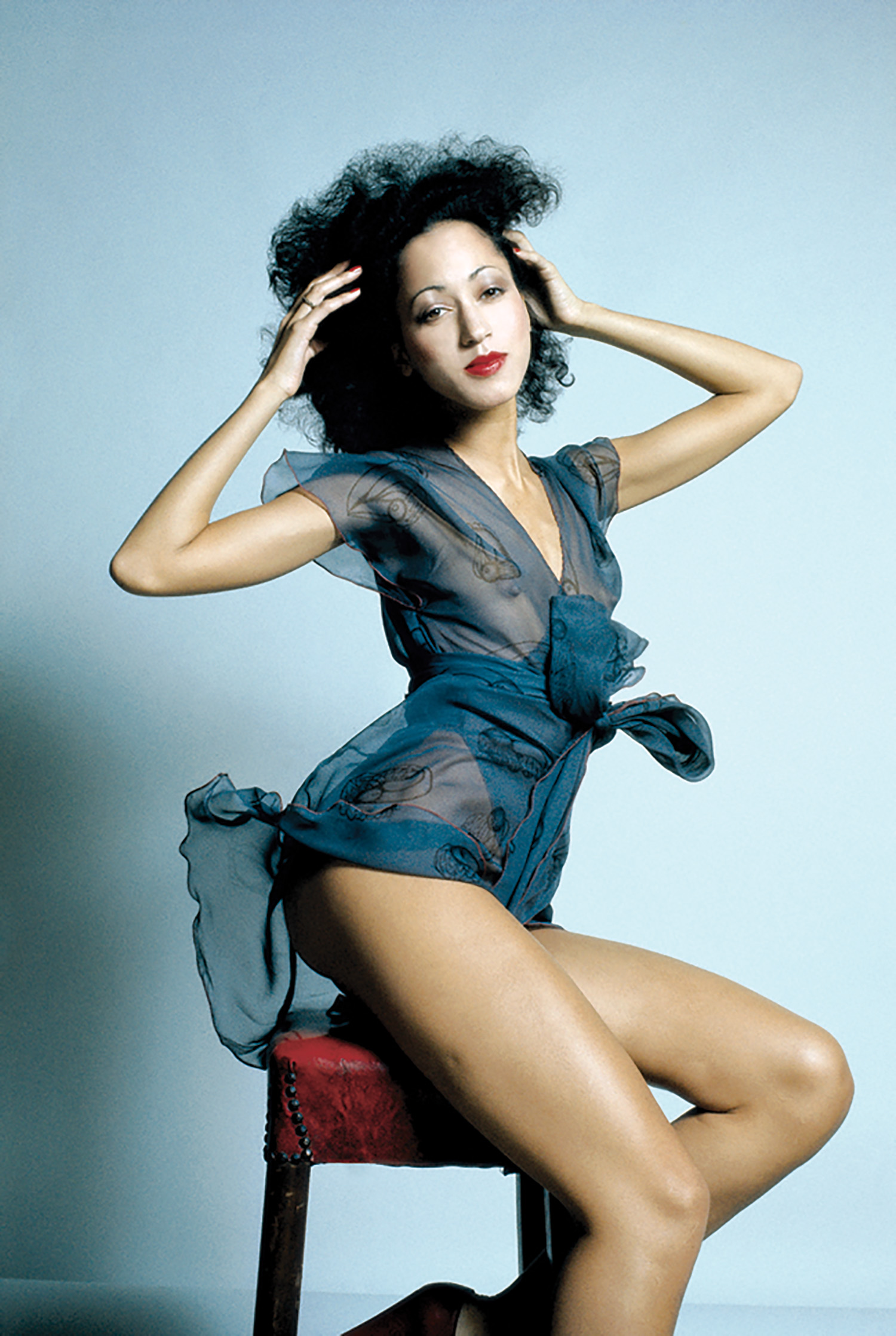
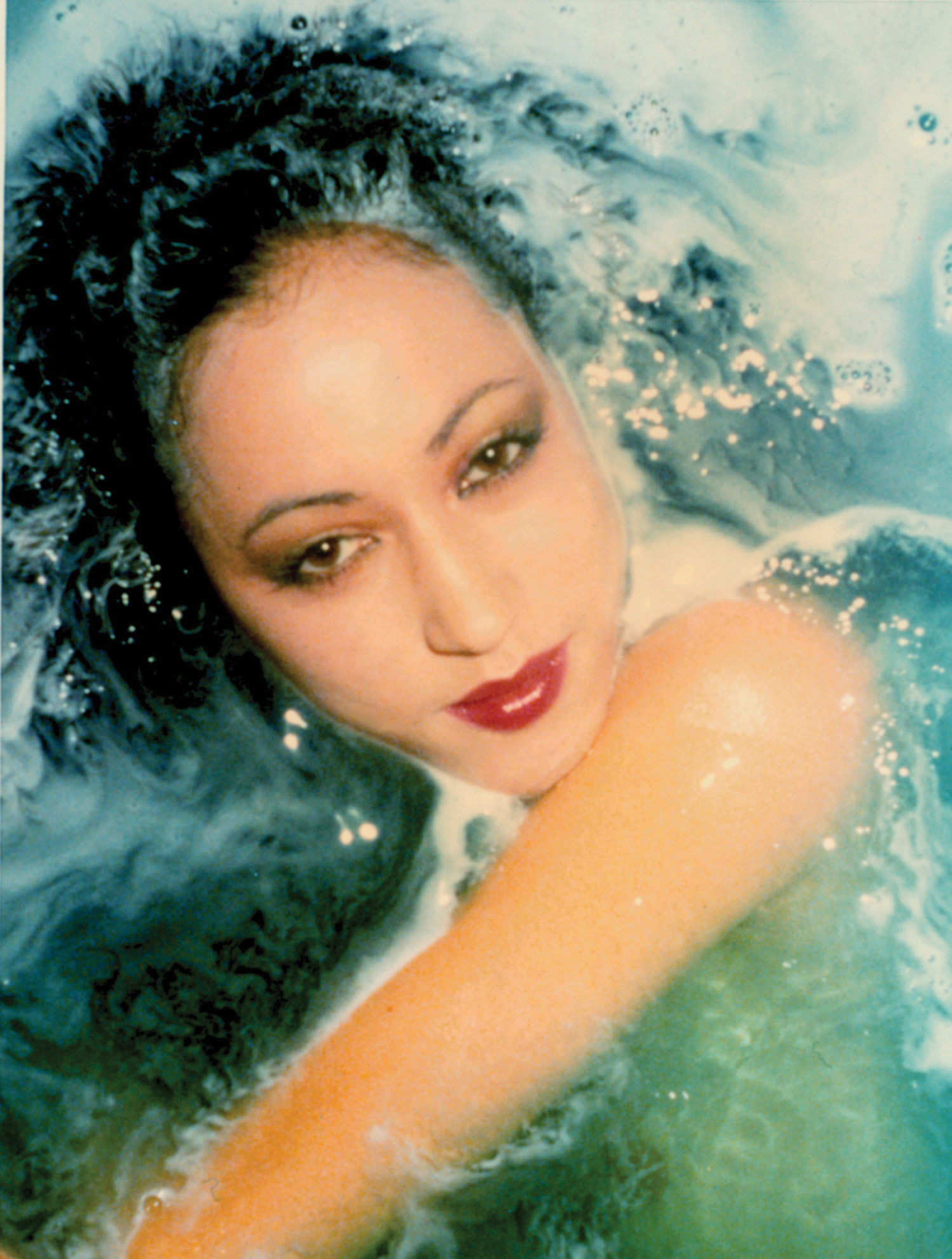
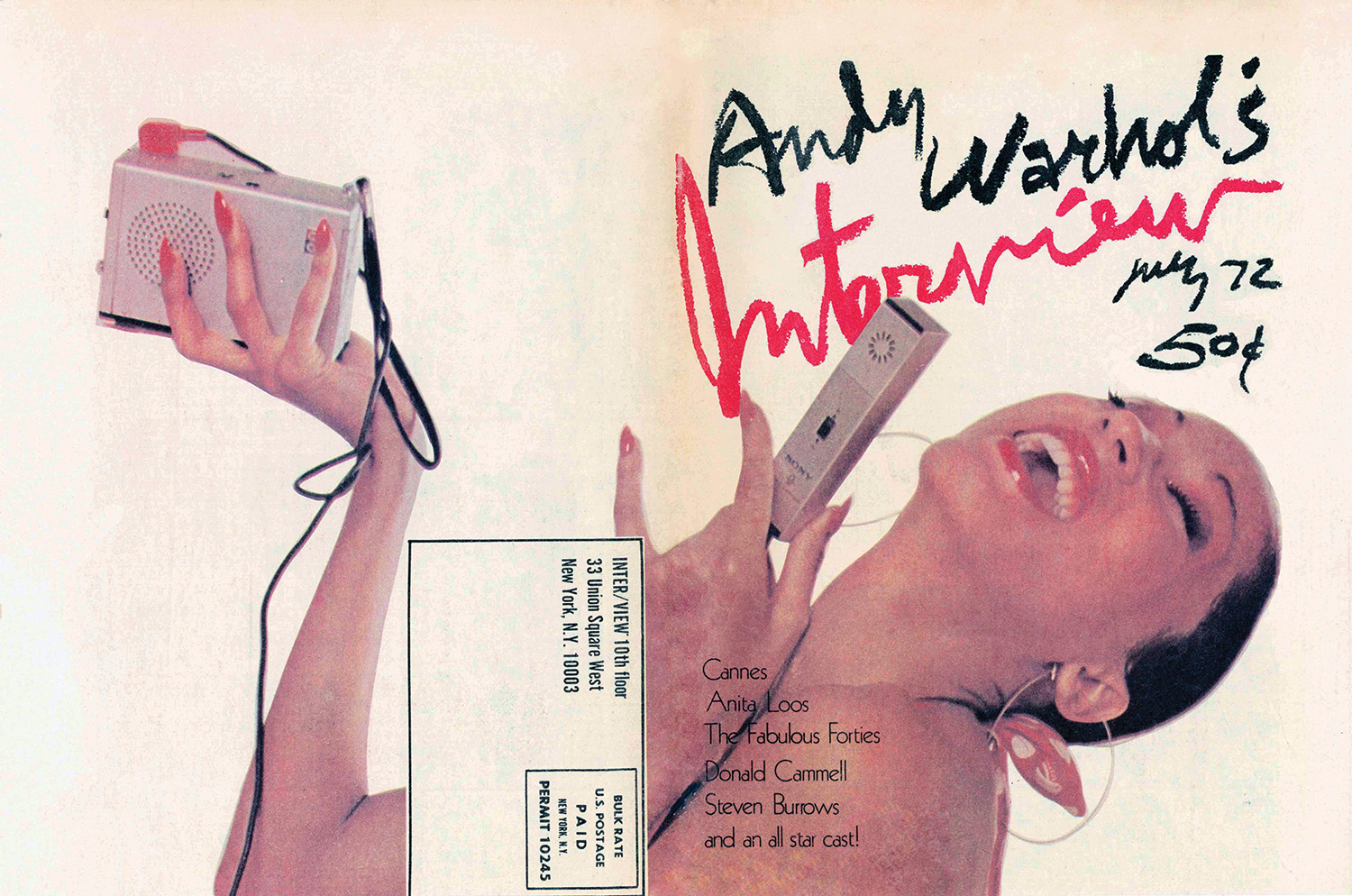
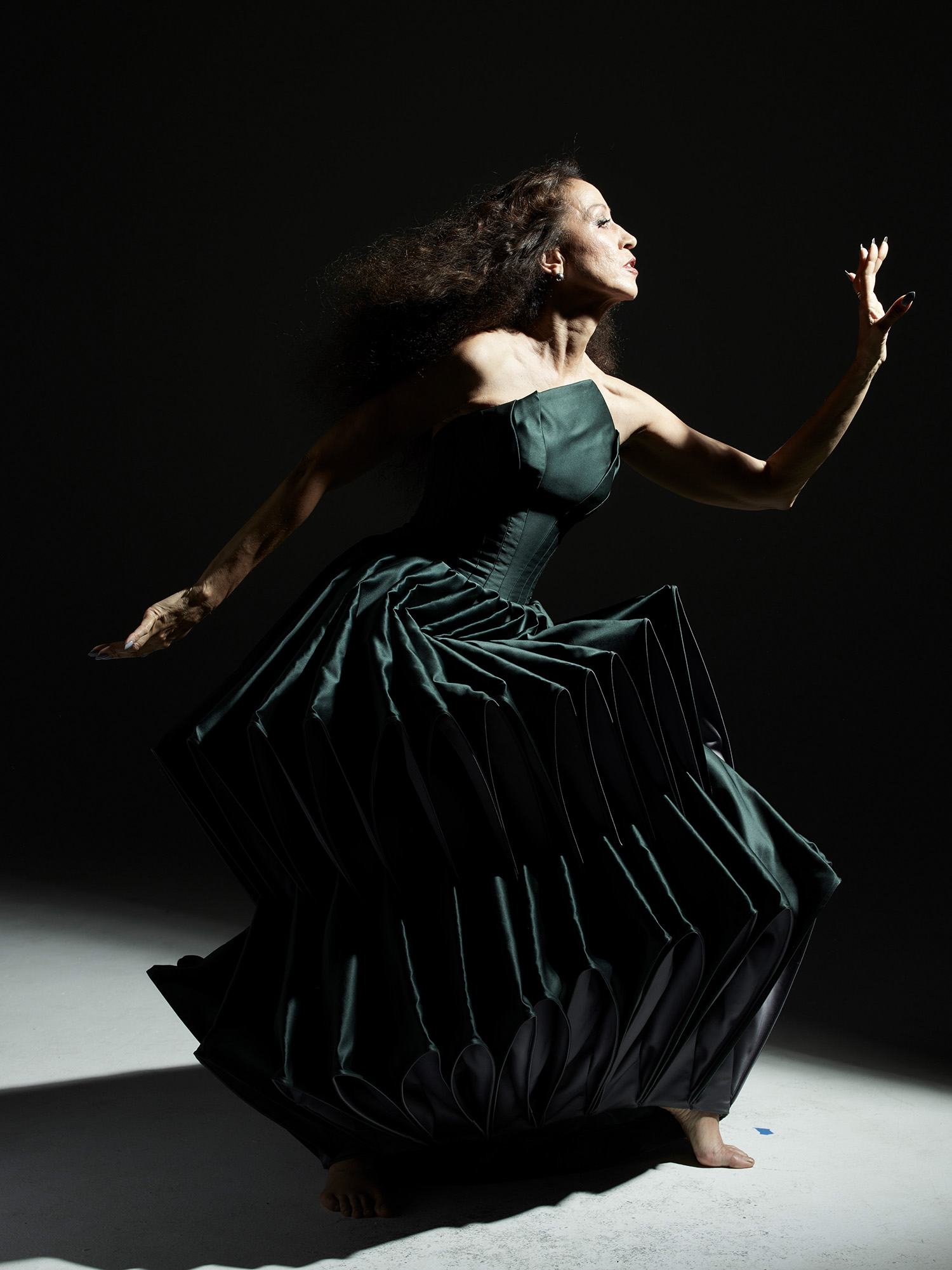
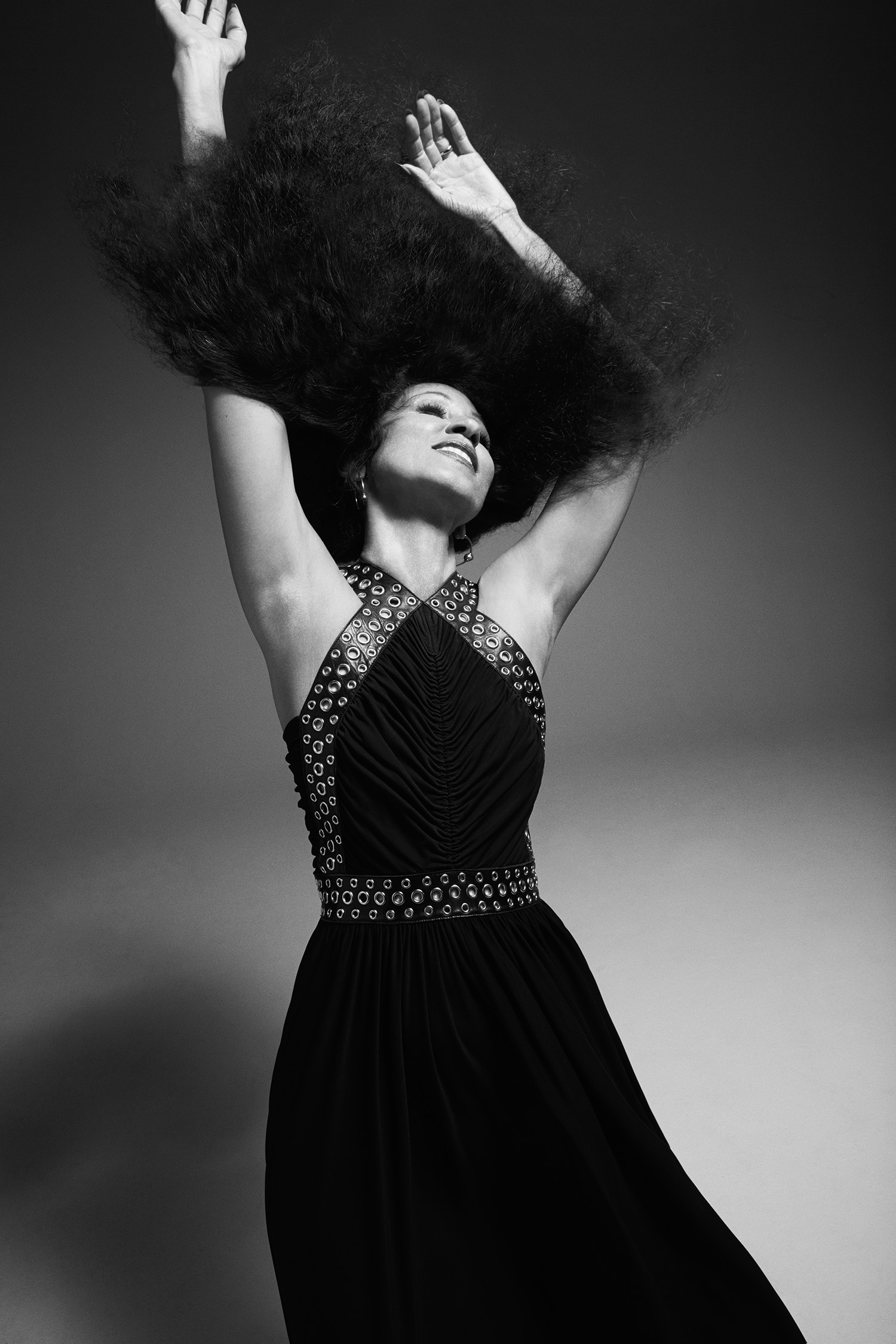
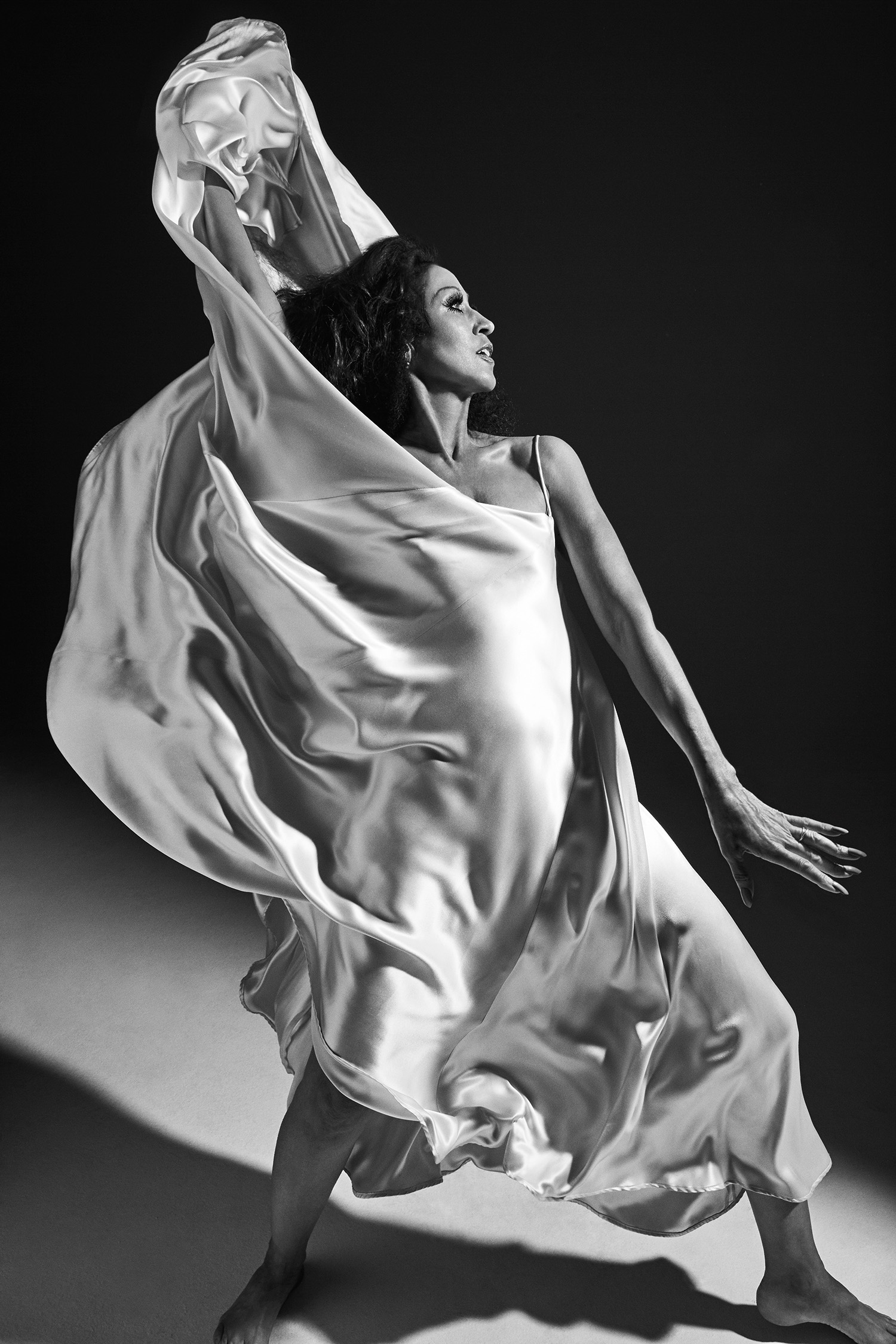
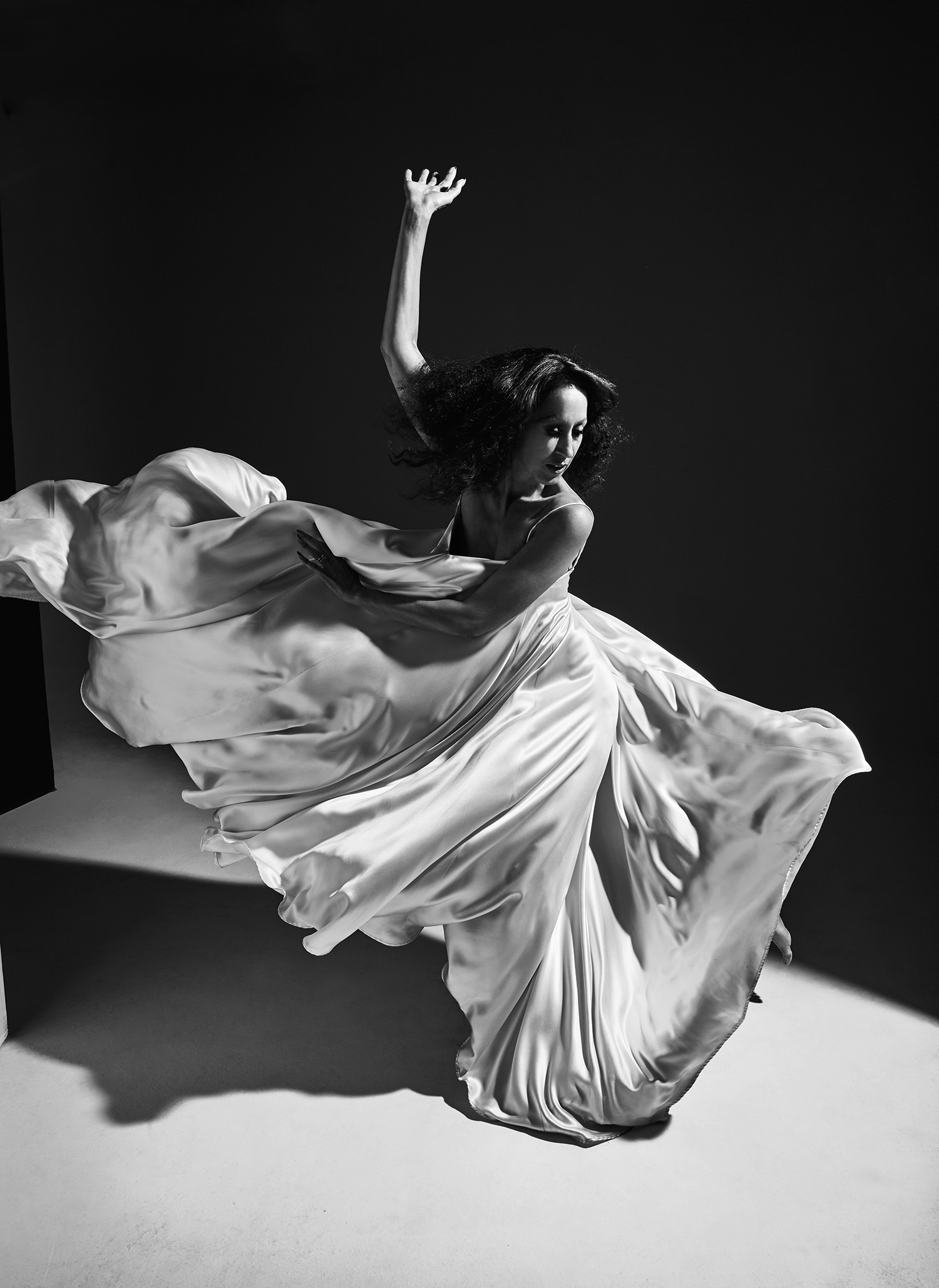
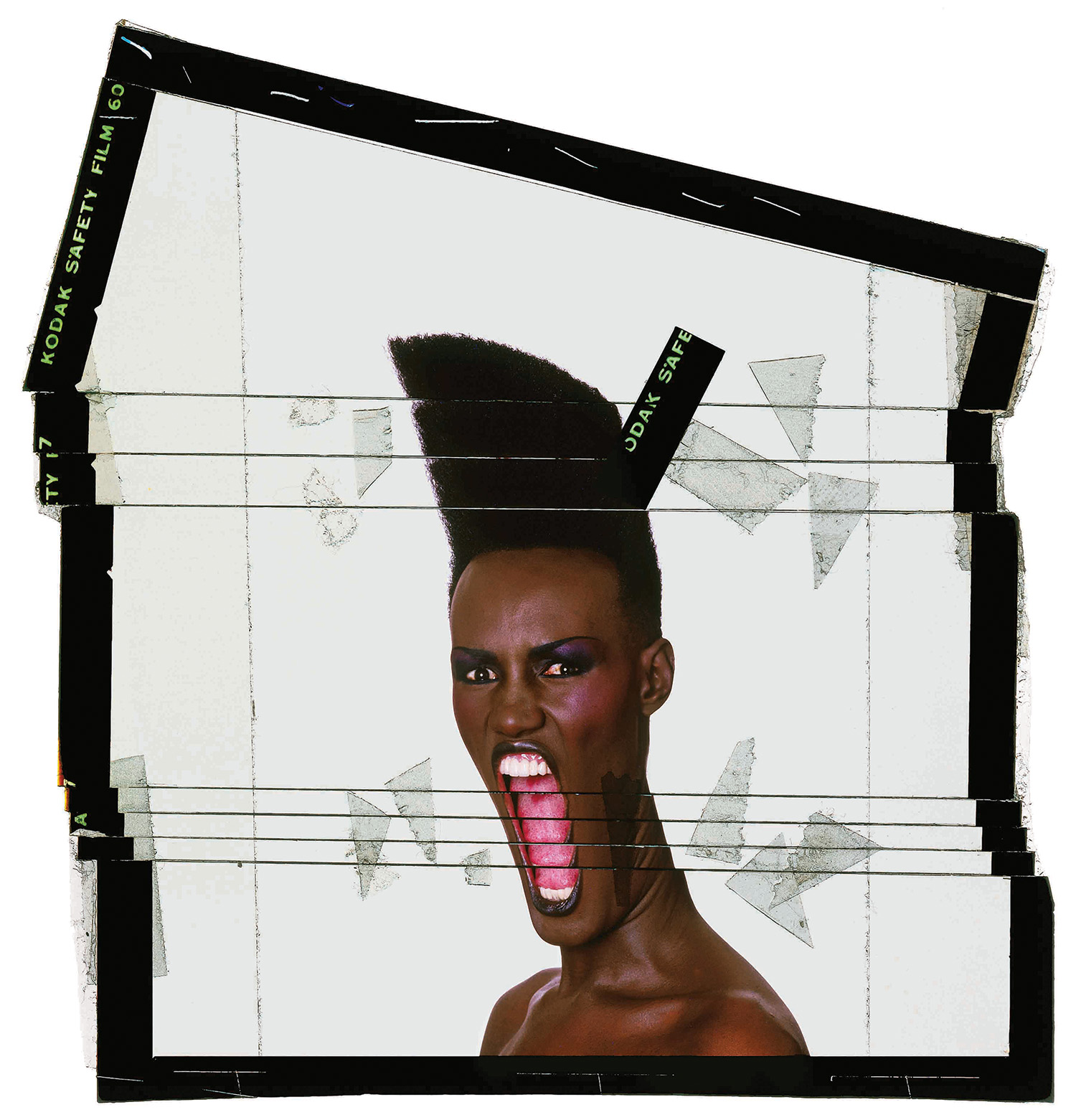
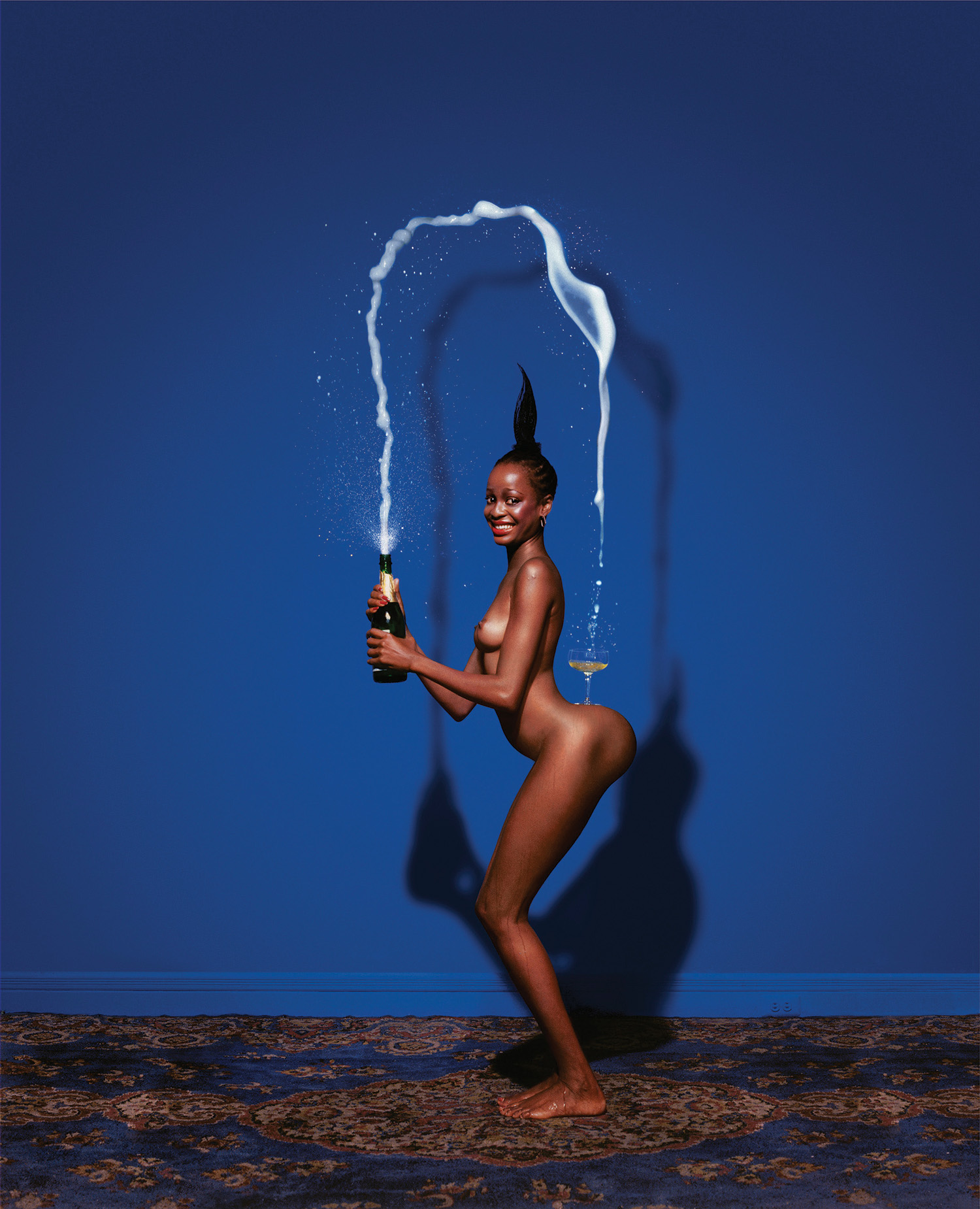

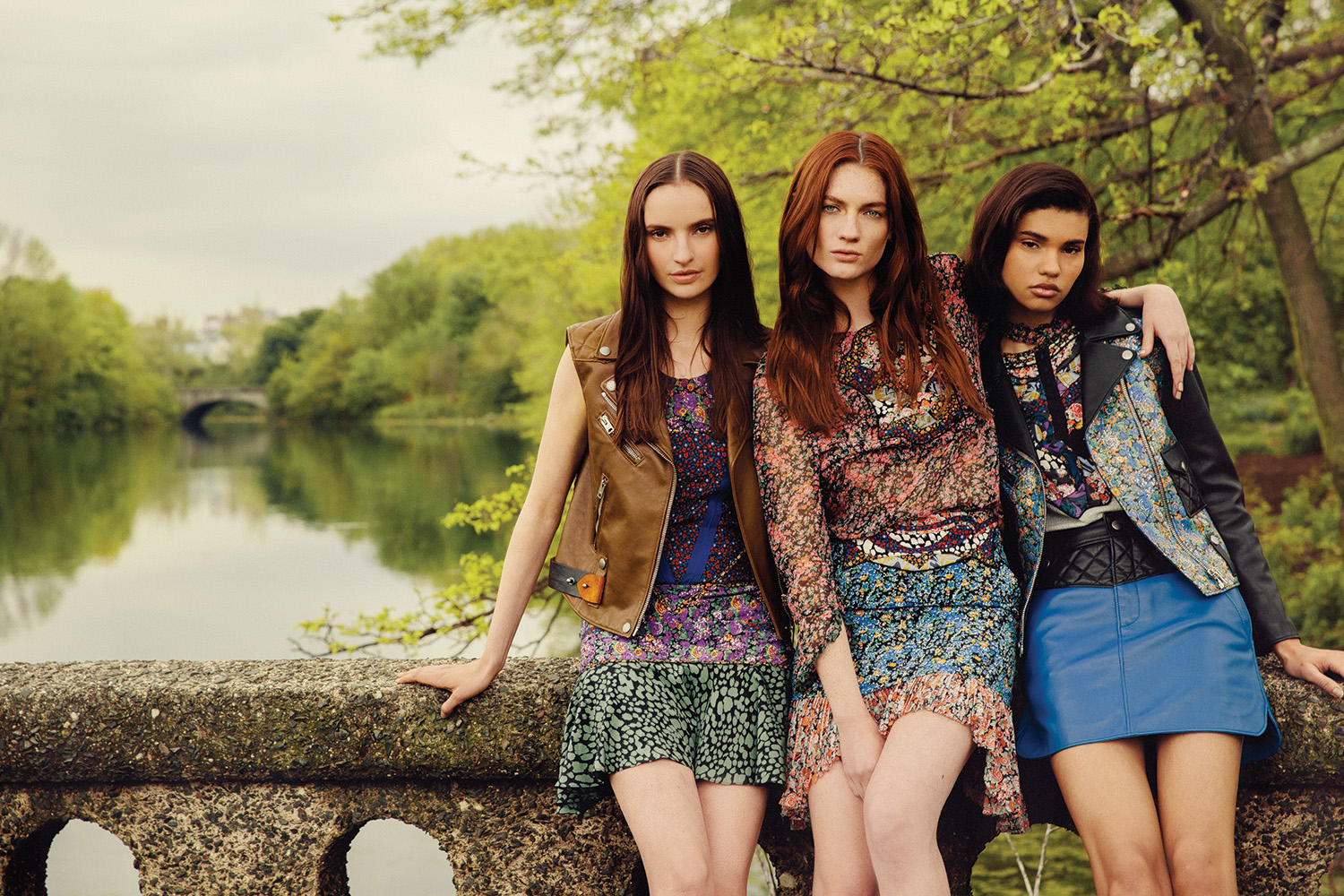
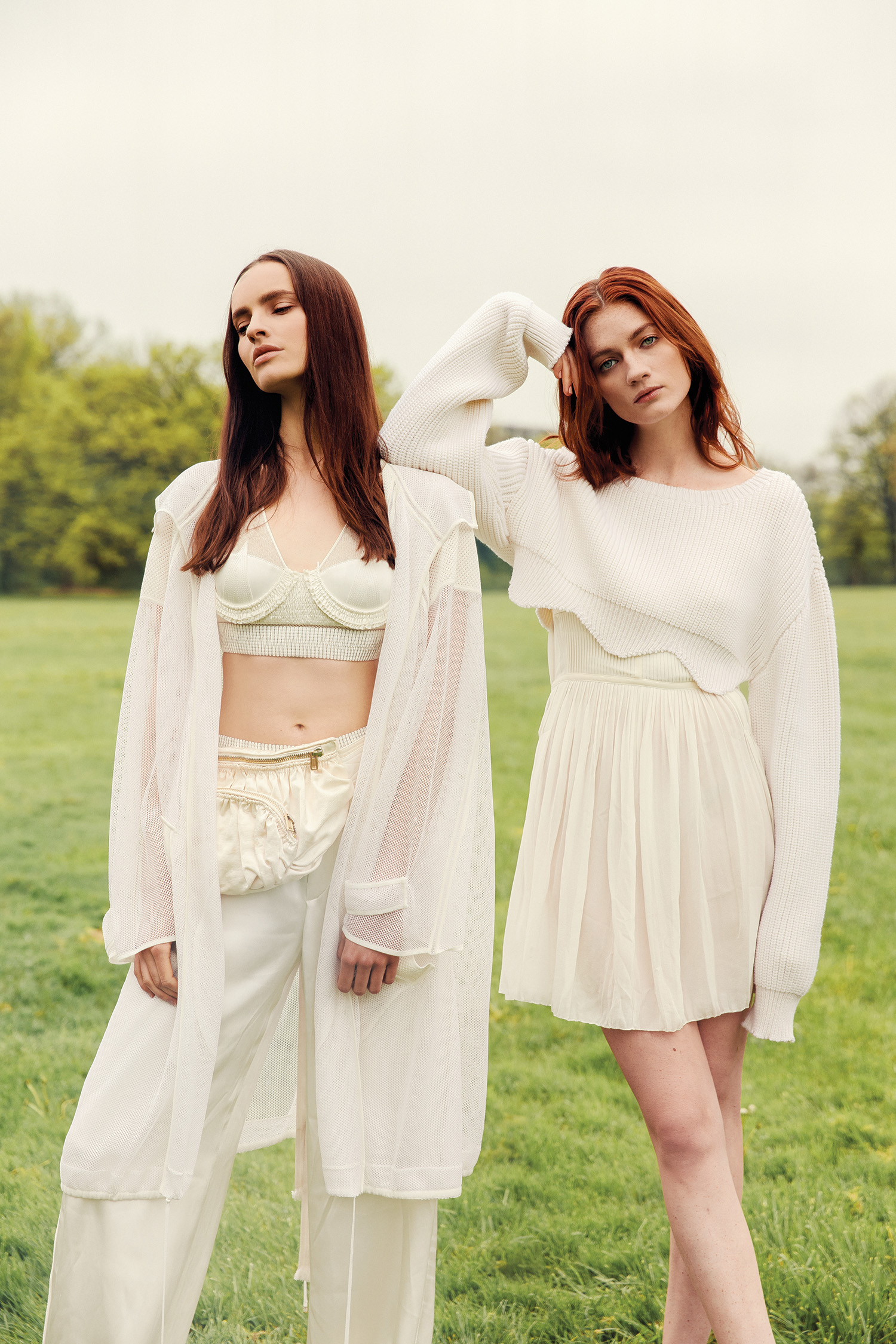 Left – Top, Jacket, Trousers, and Fanny Pack by Balenciaga
Left – Top, Jacket, Trousers, and Fanny Pack by Balenciaga